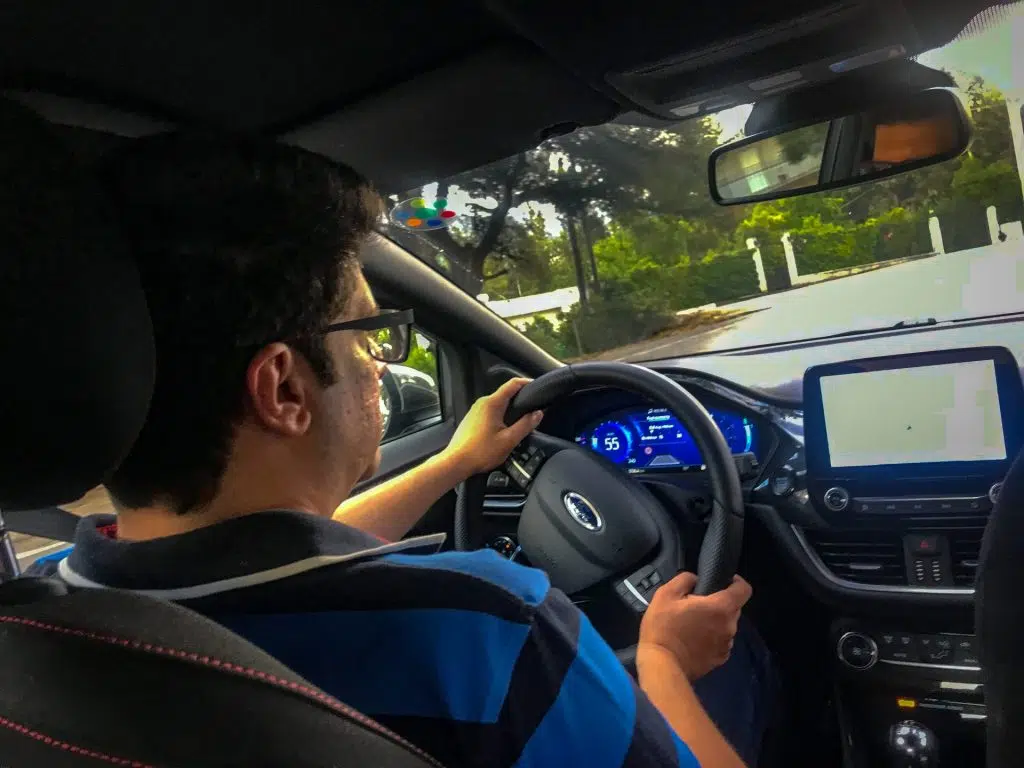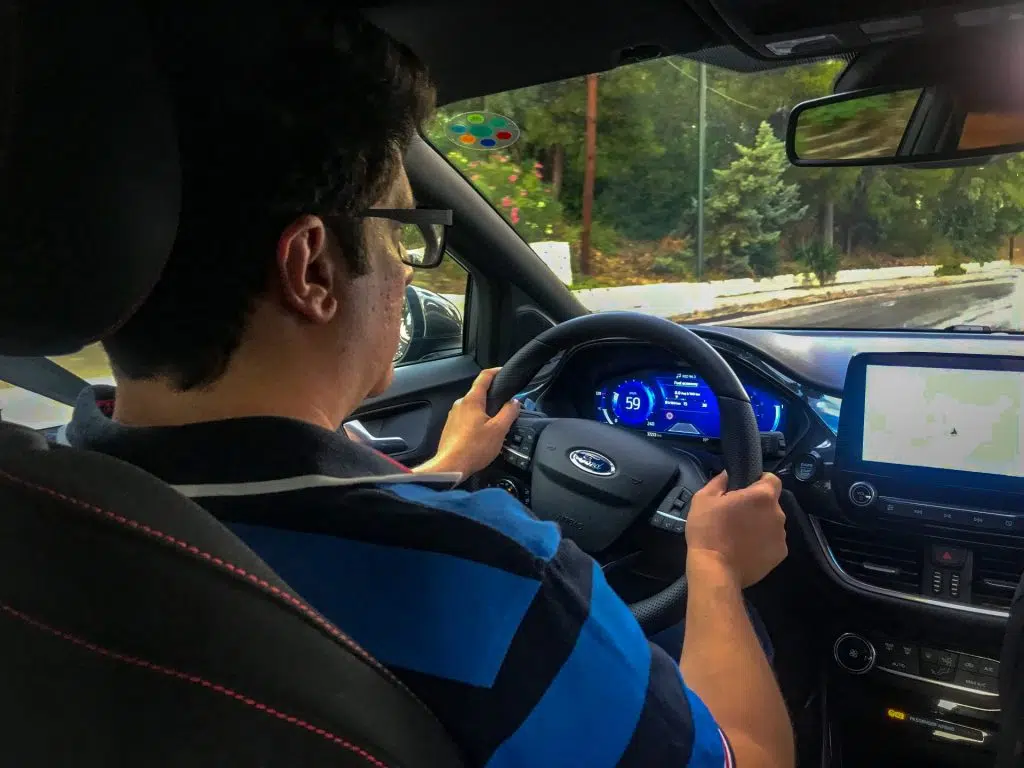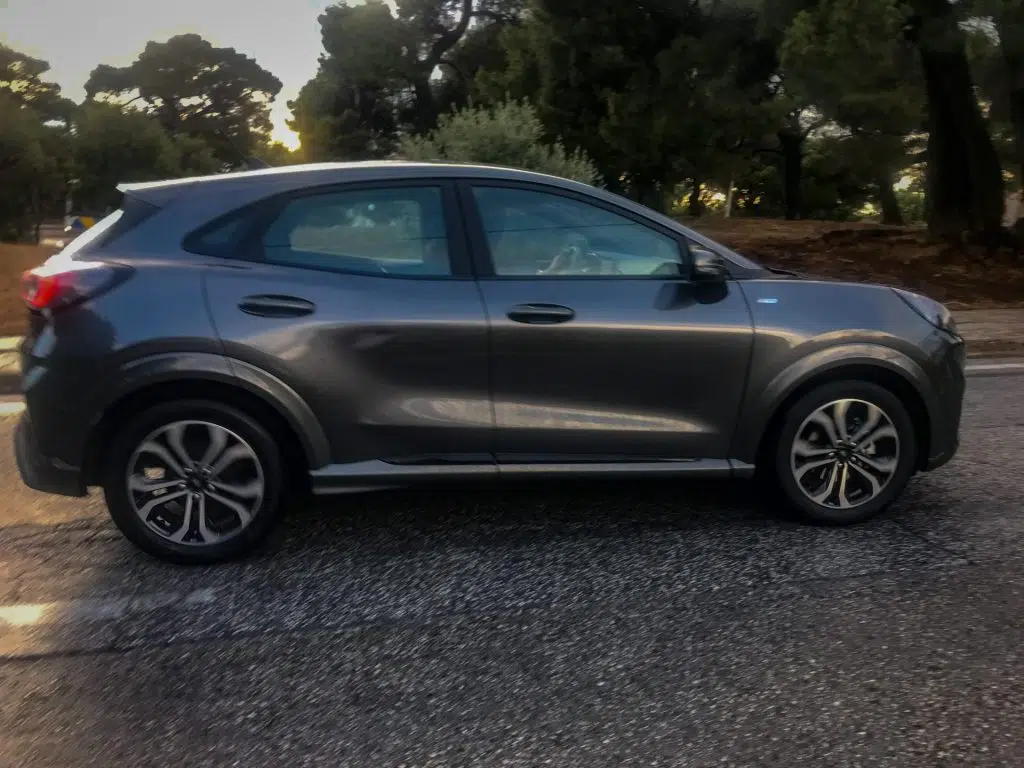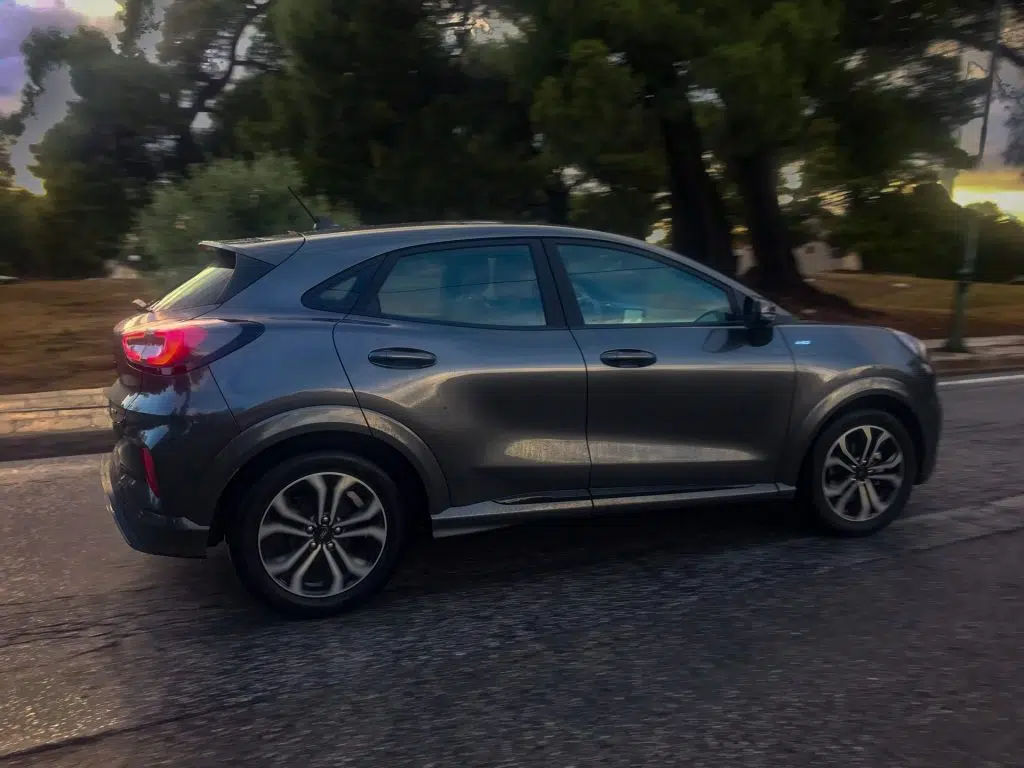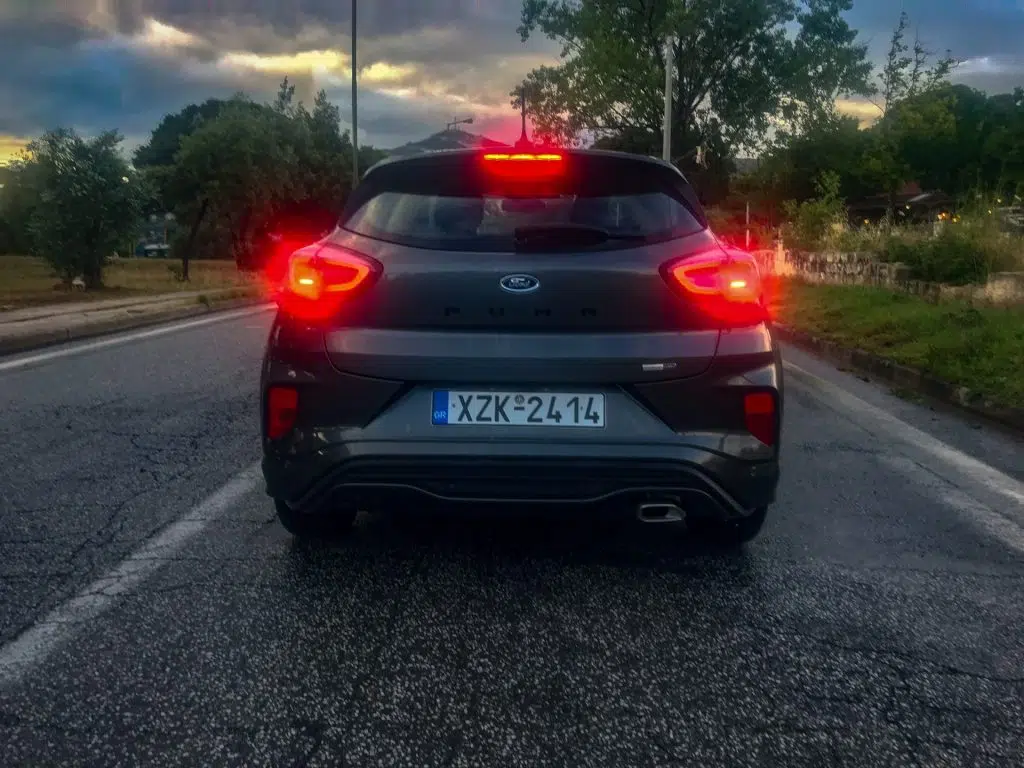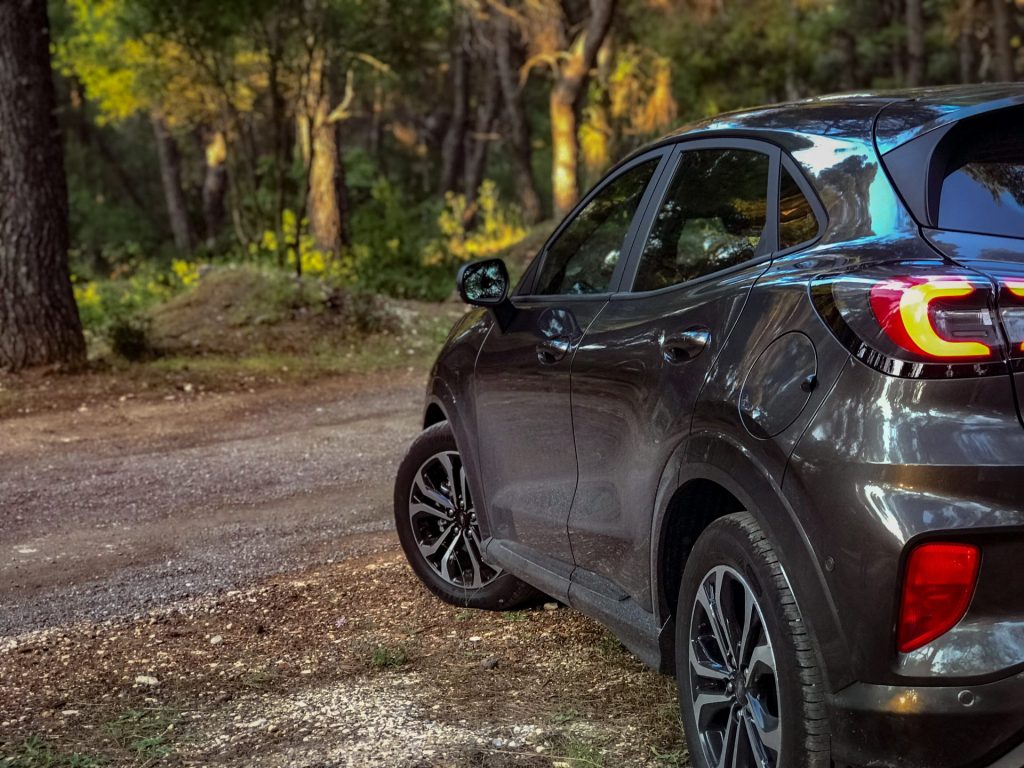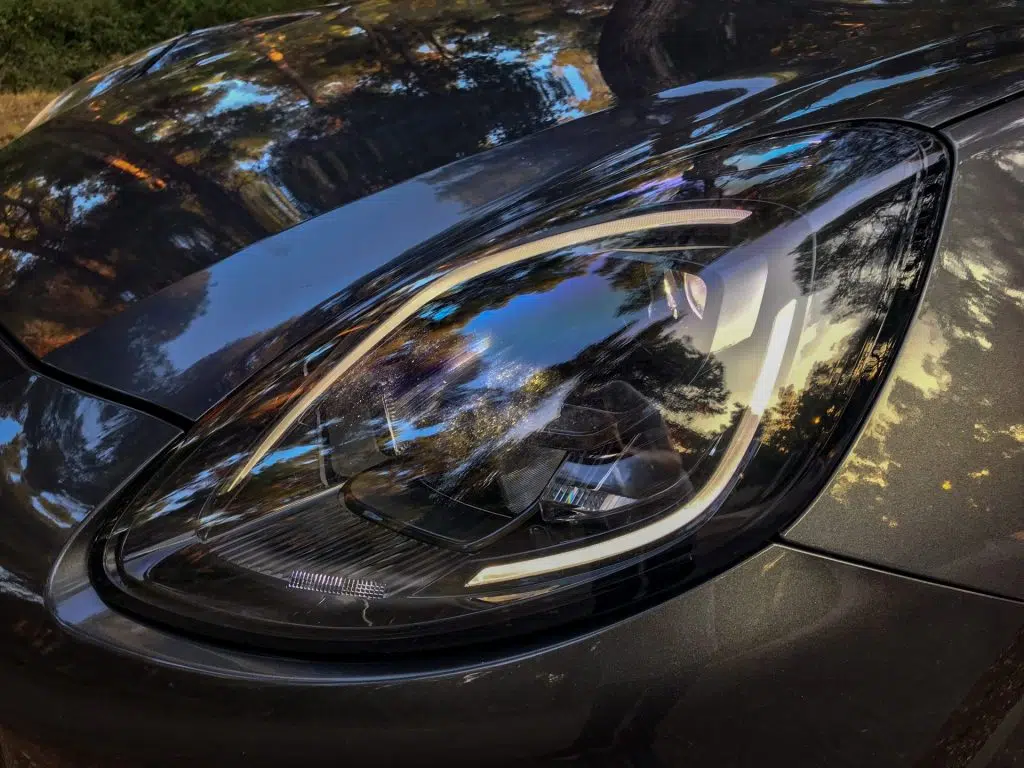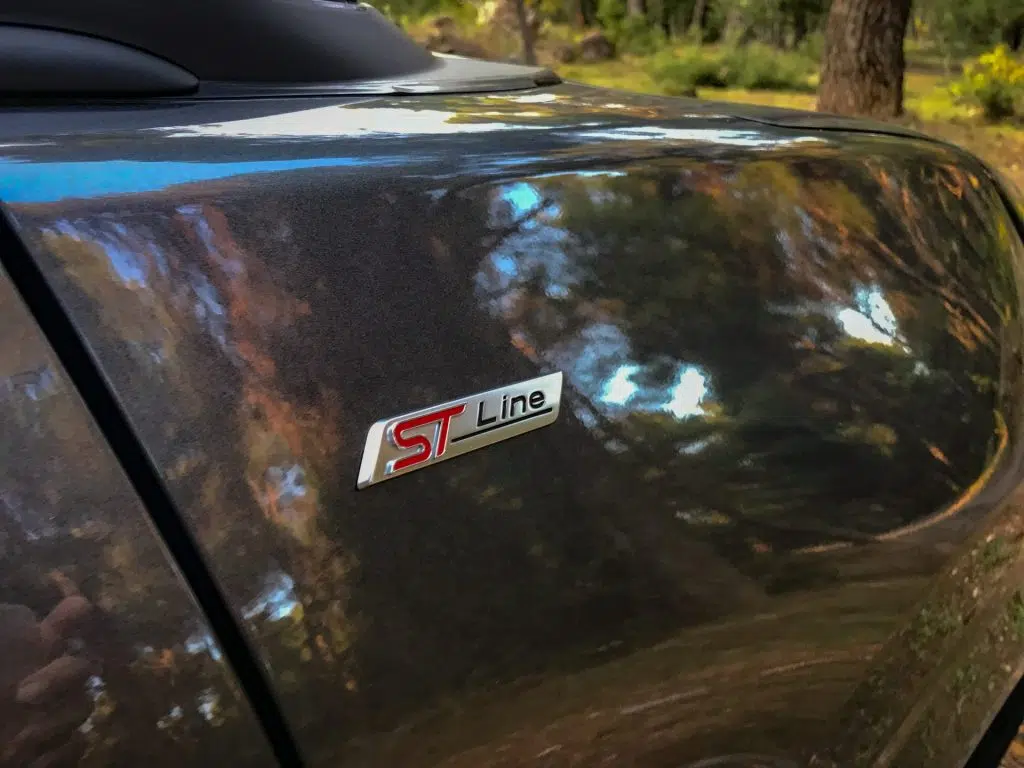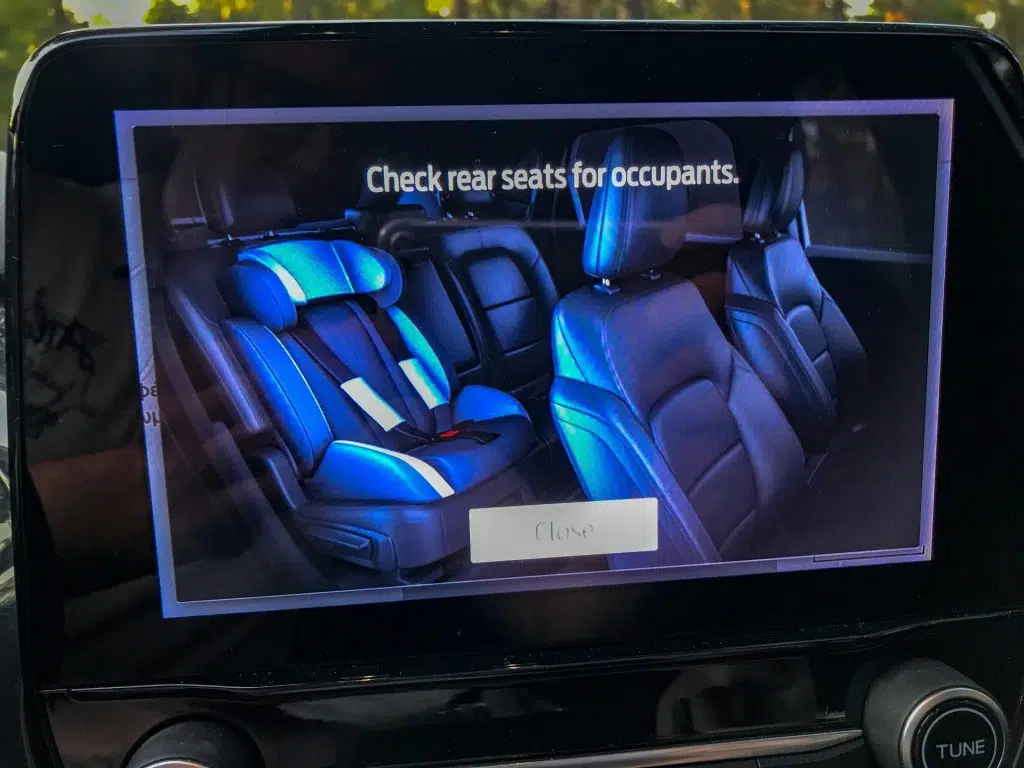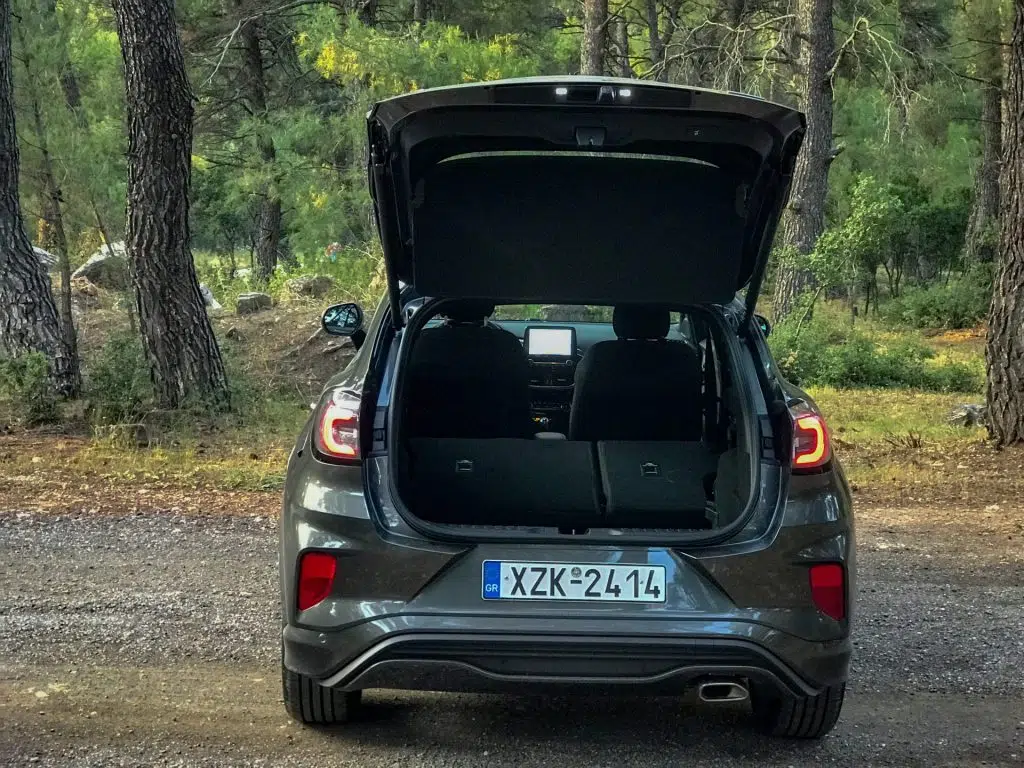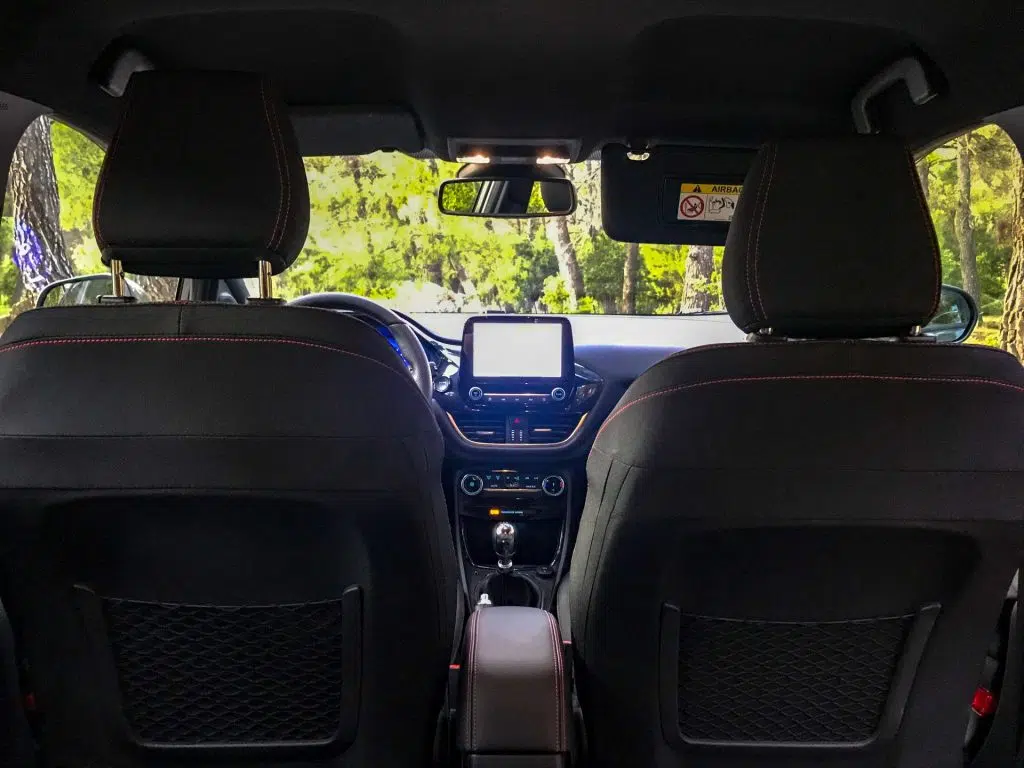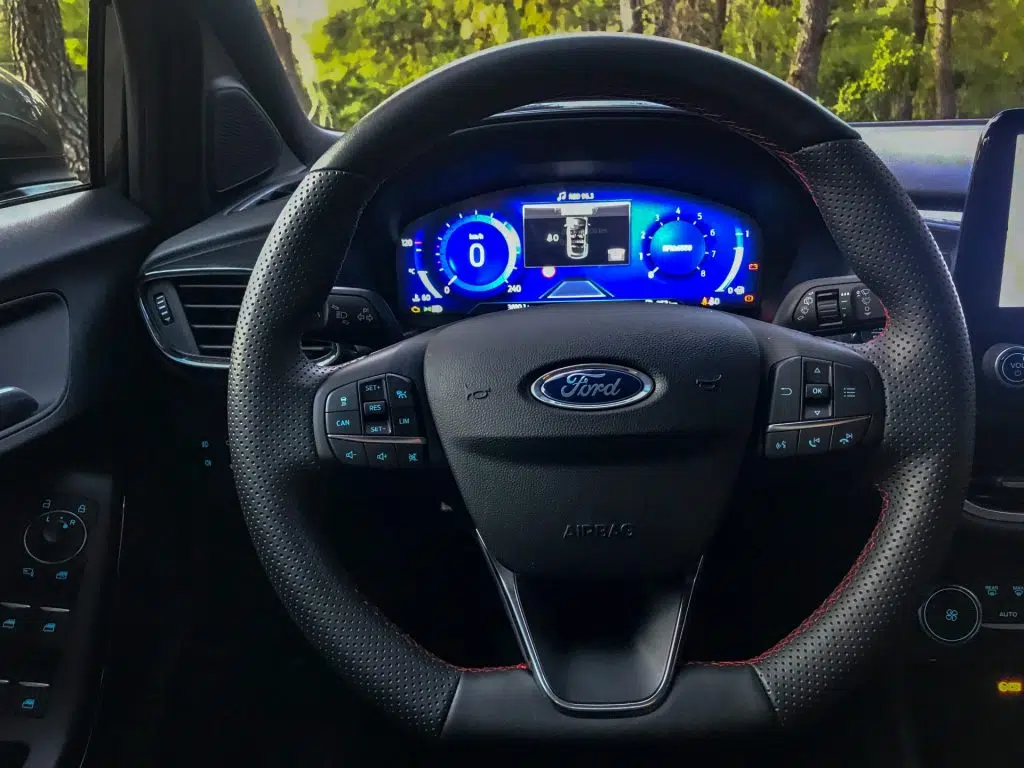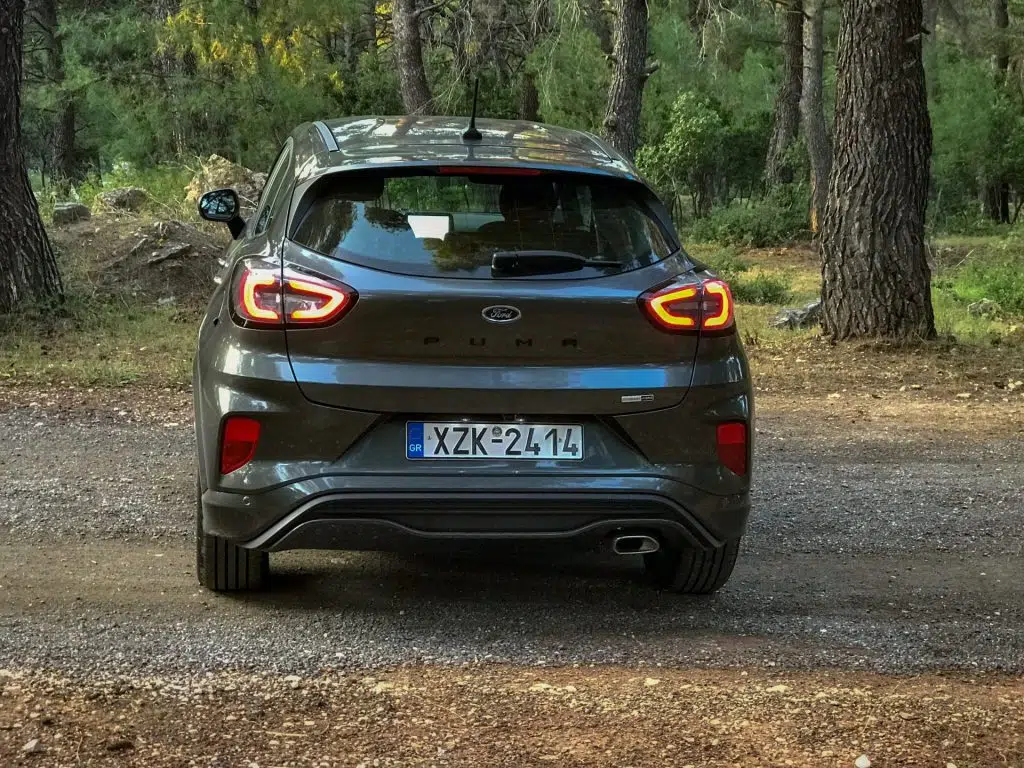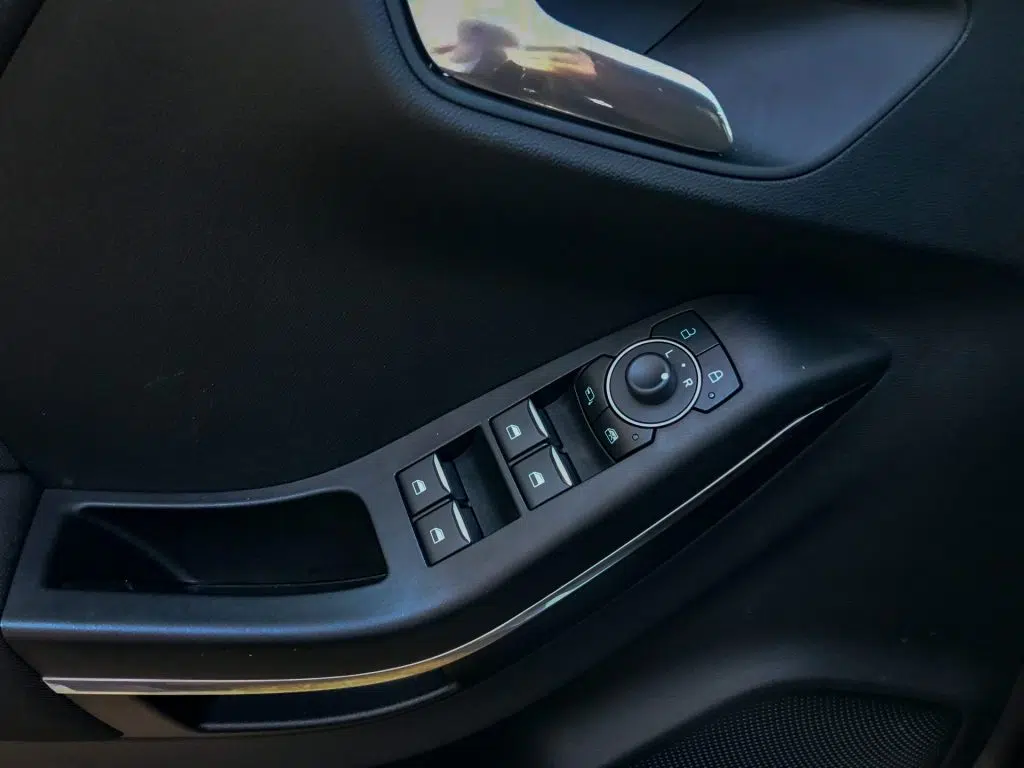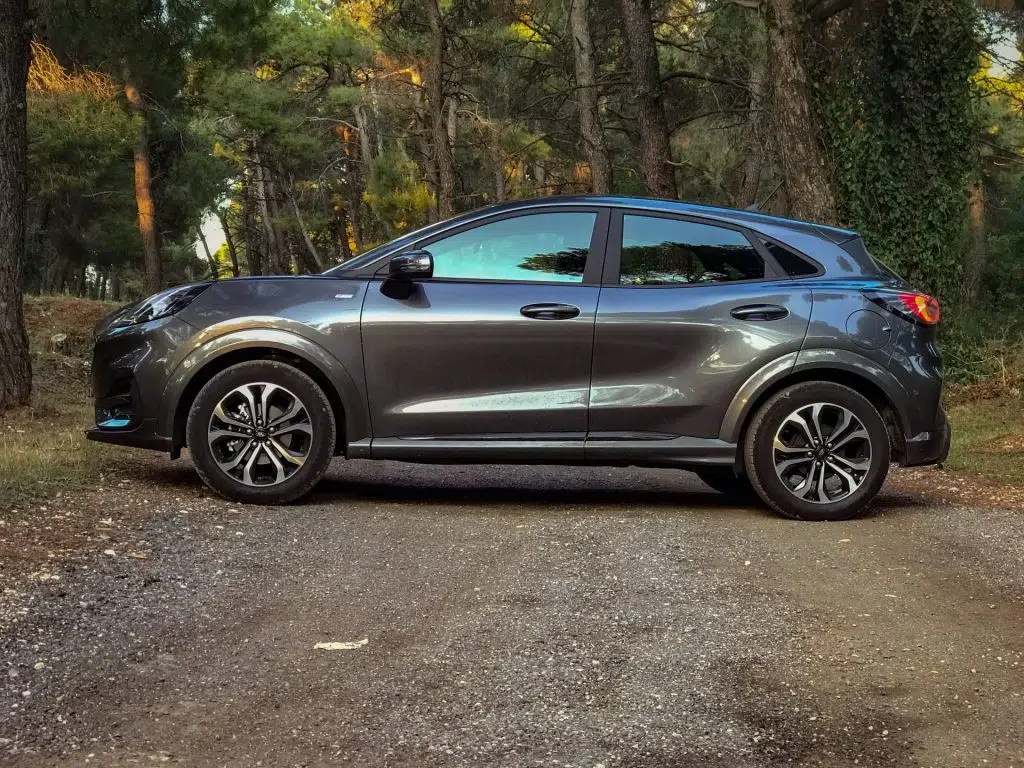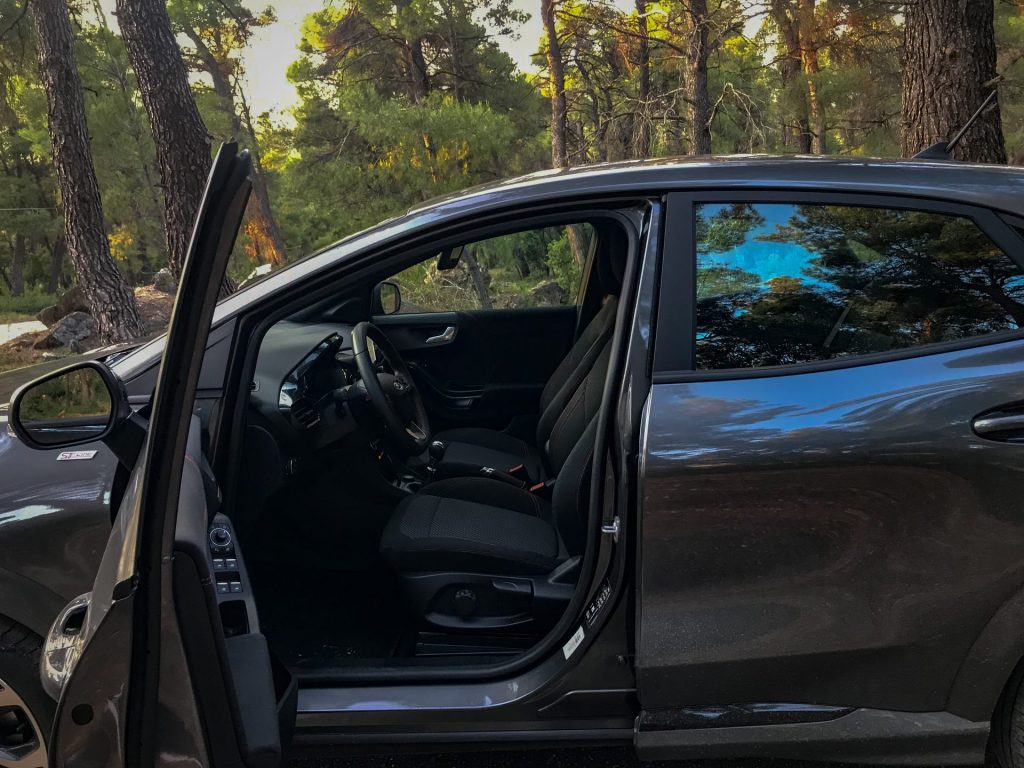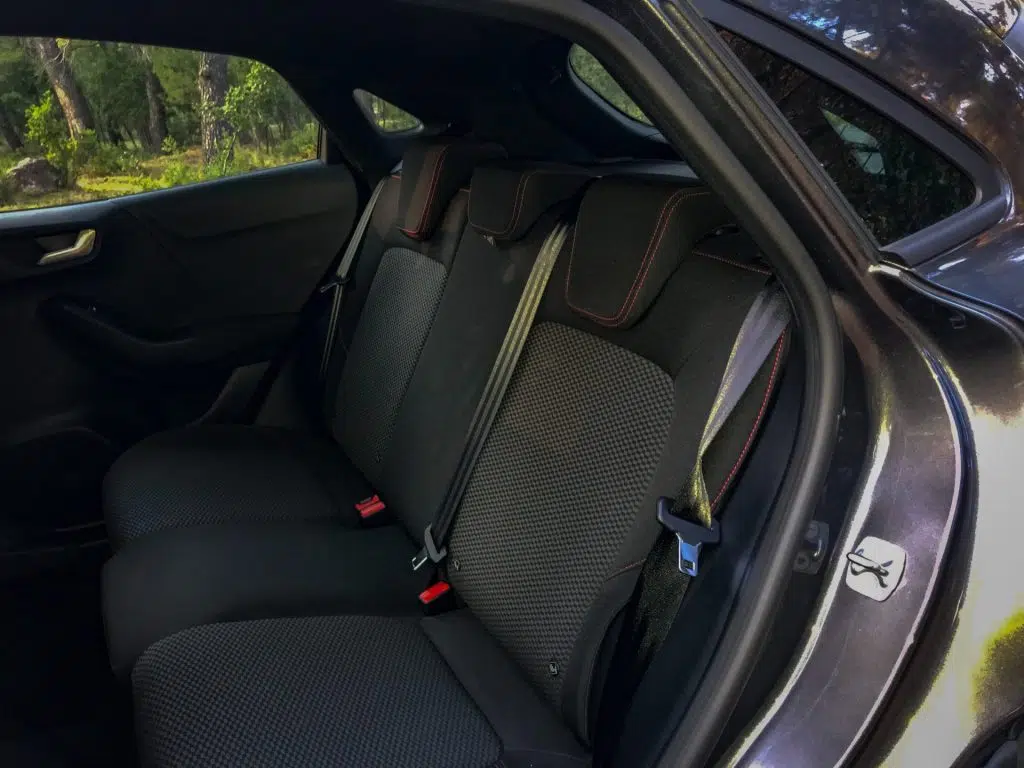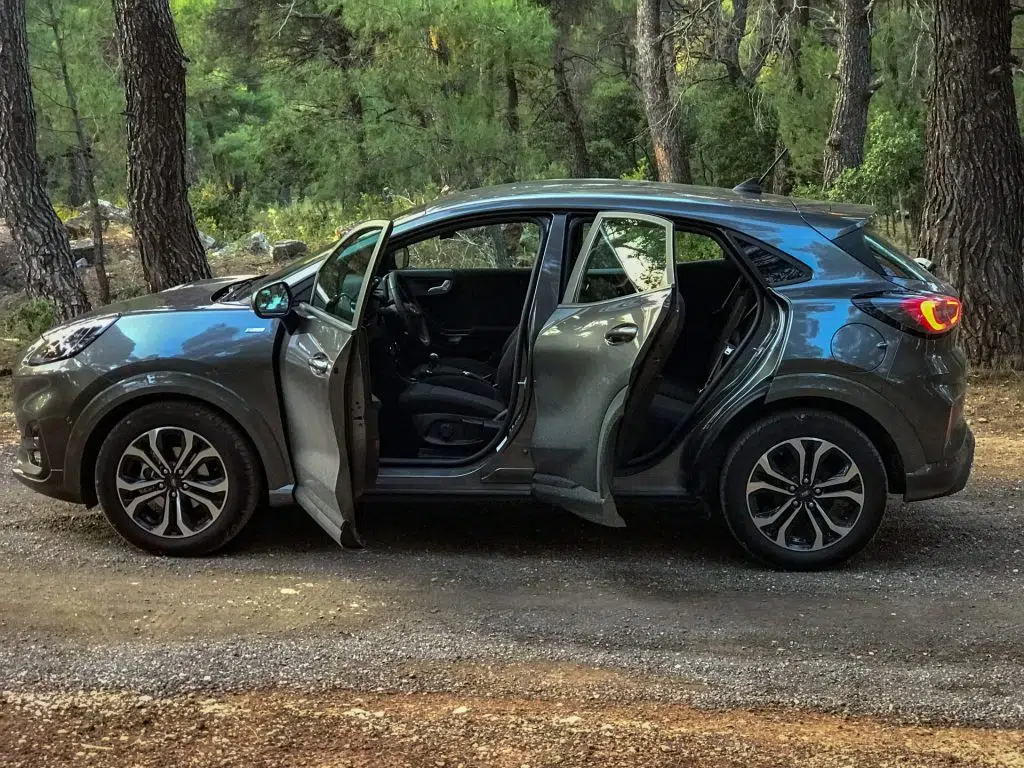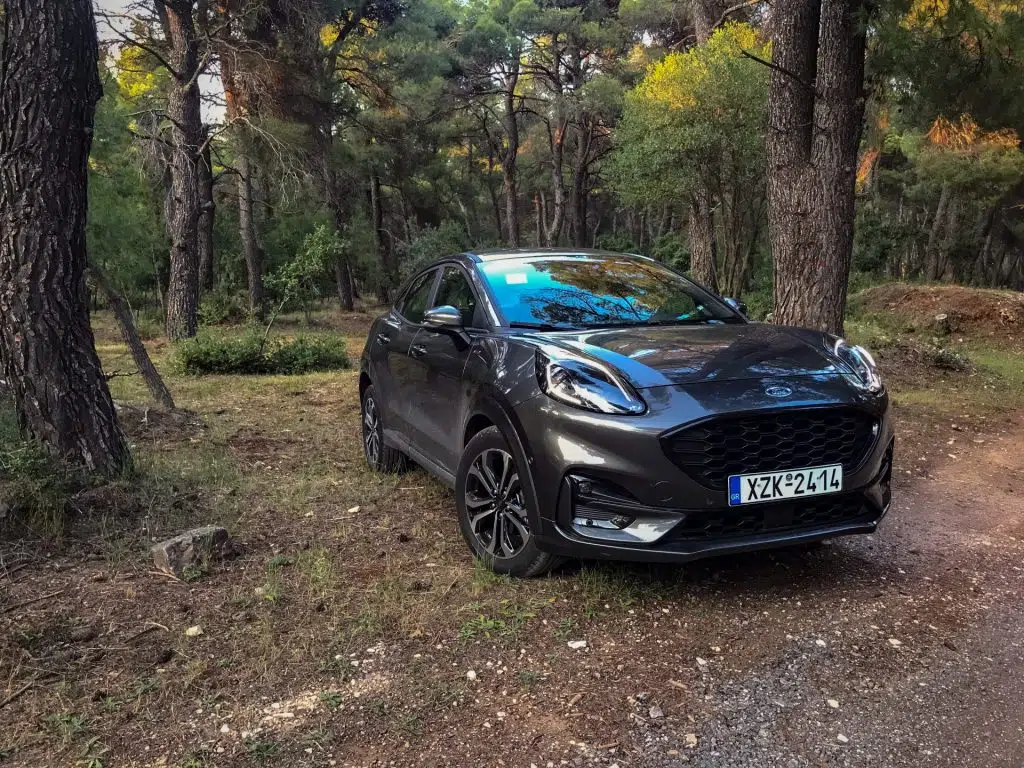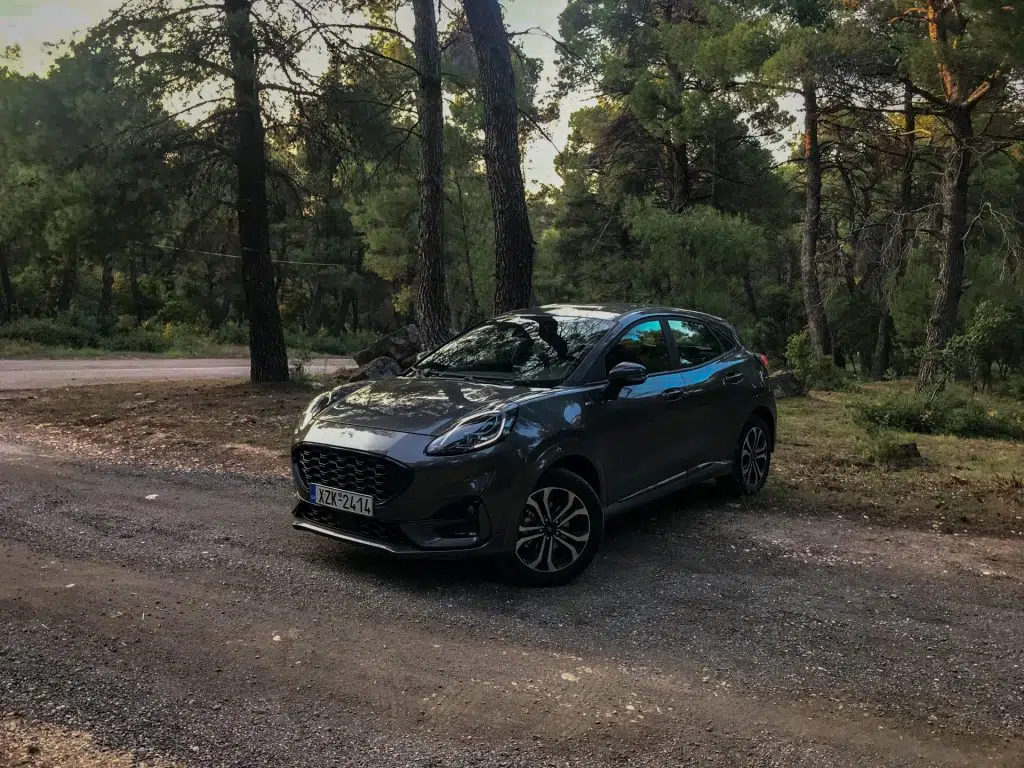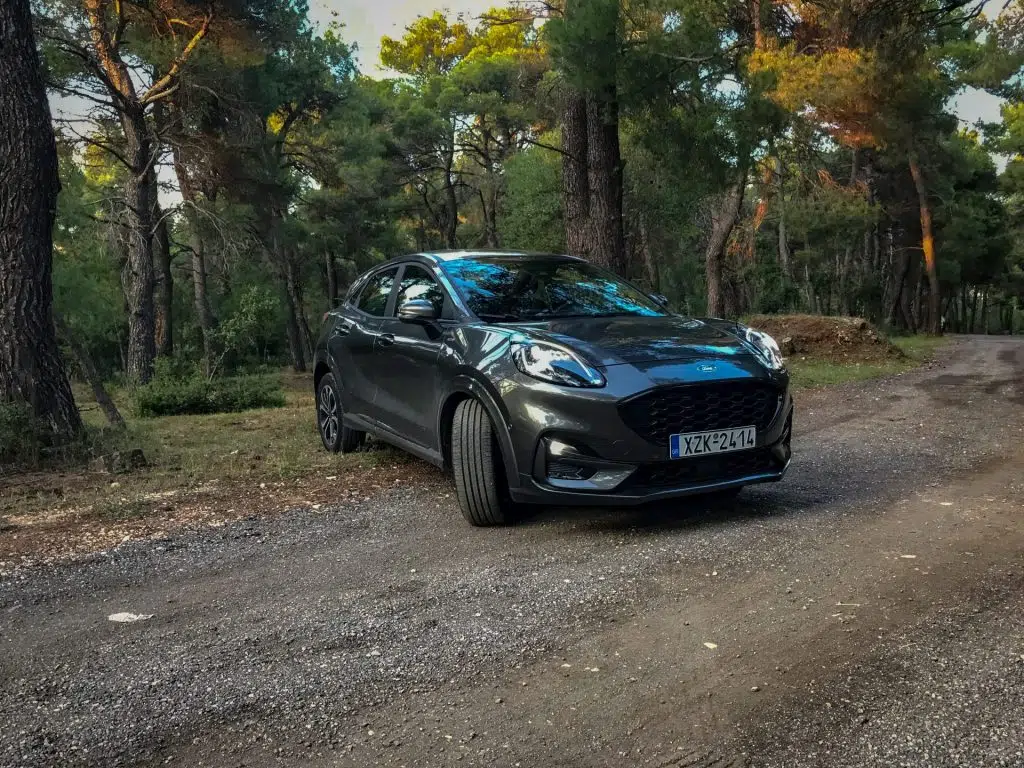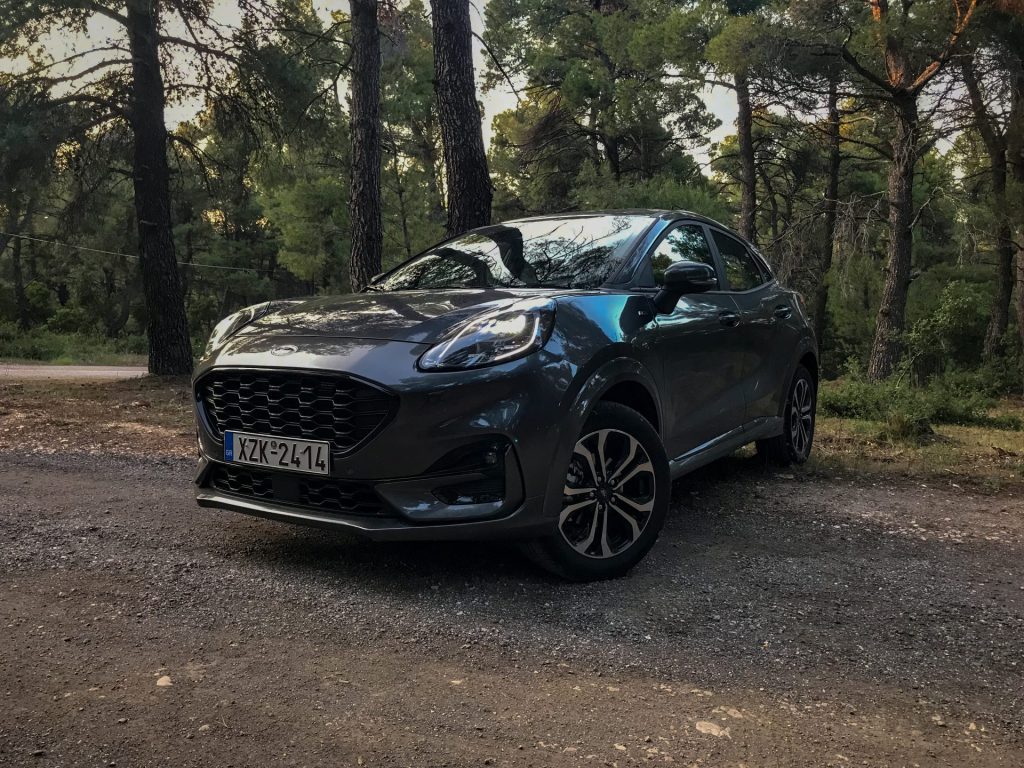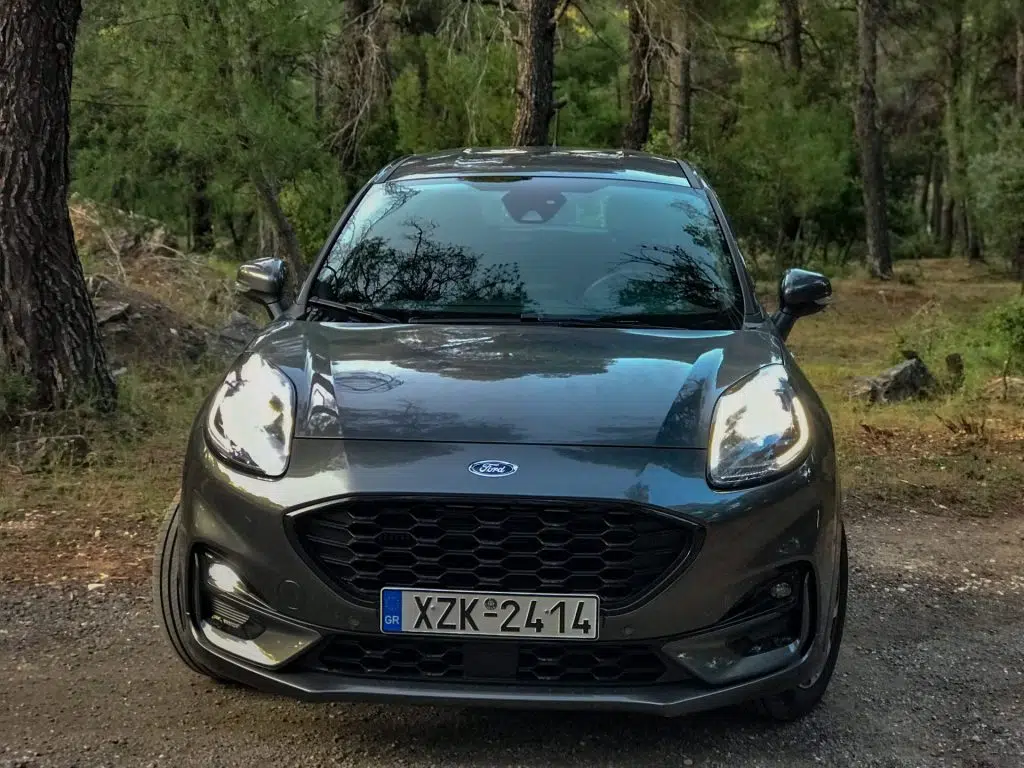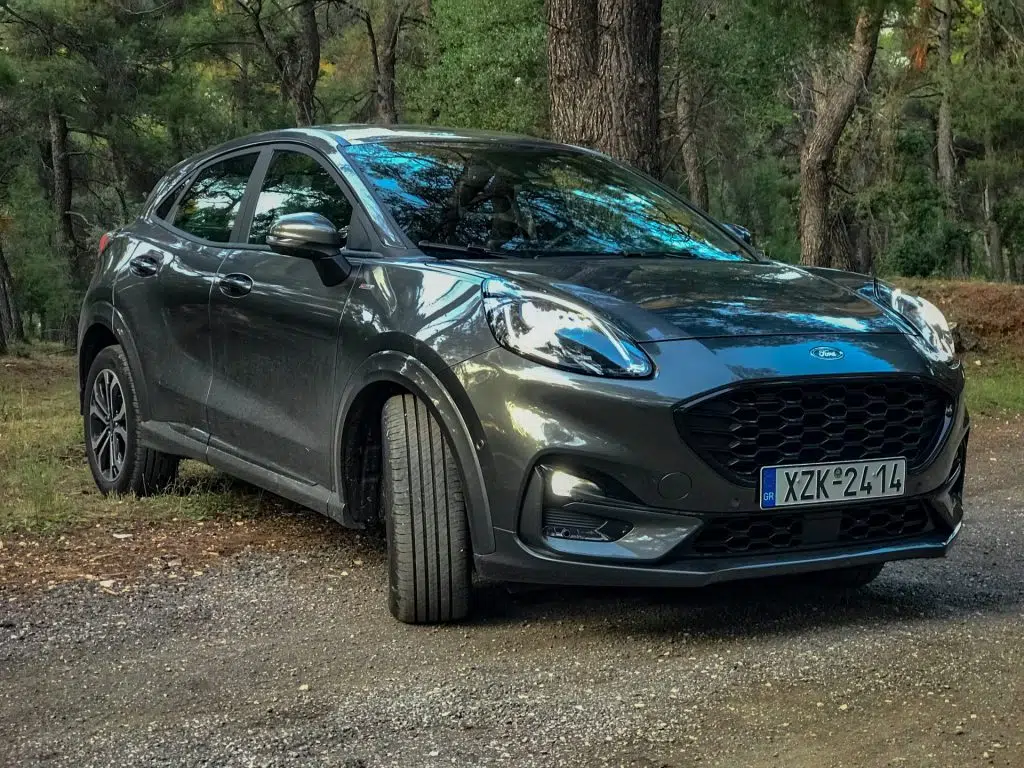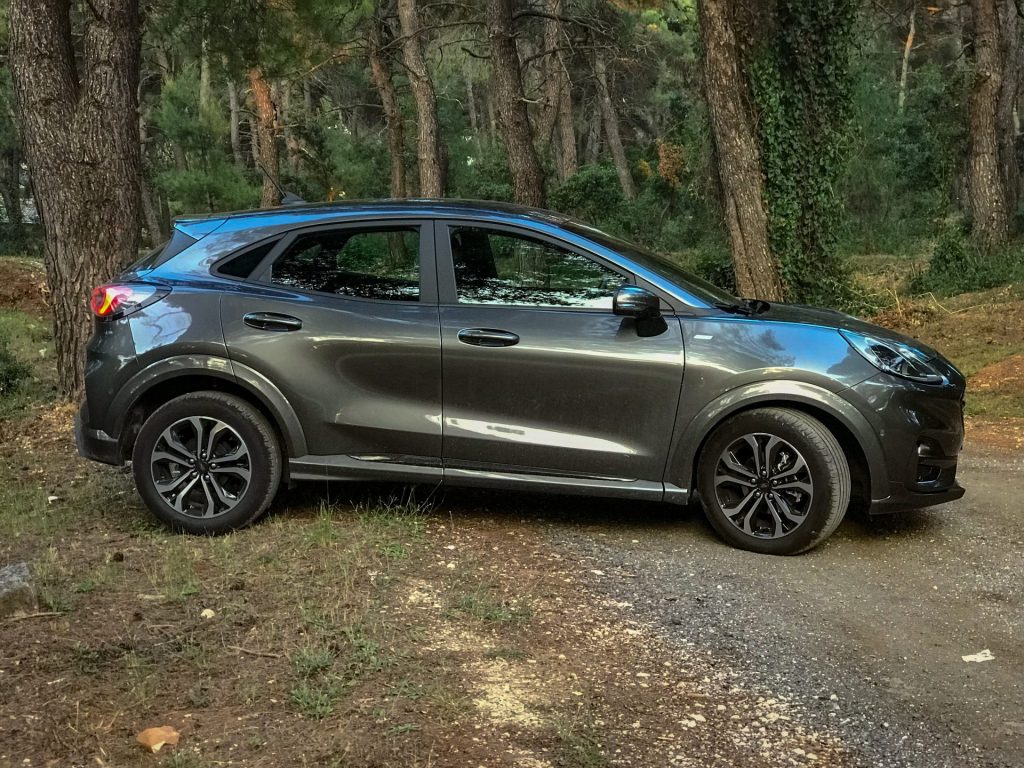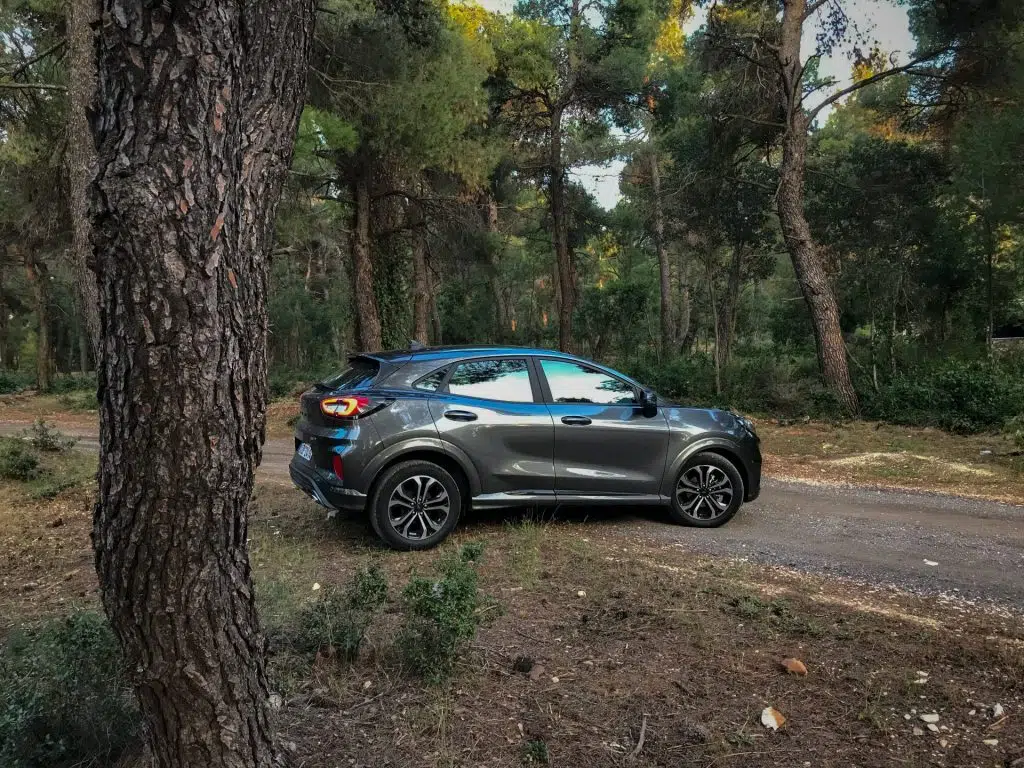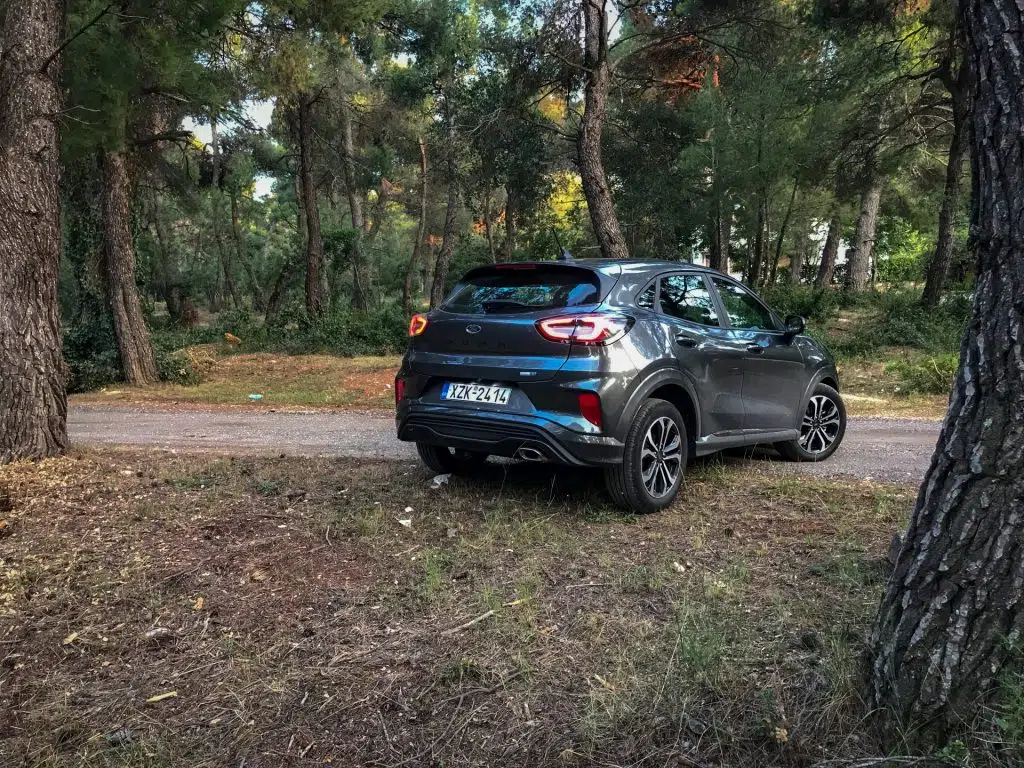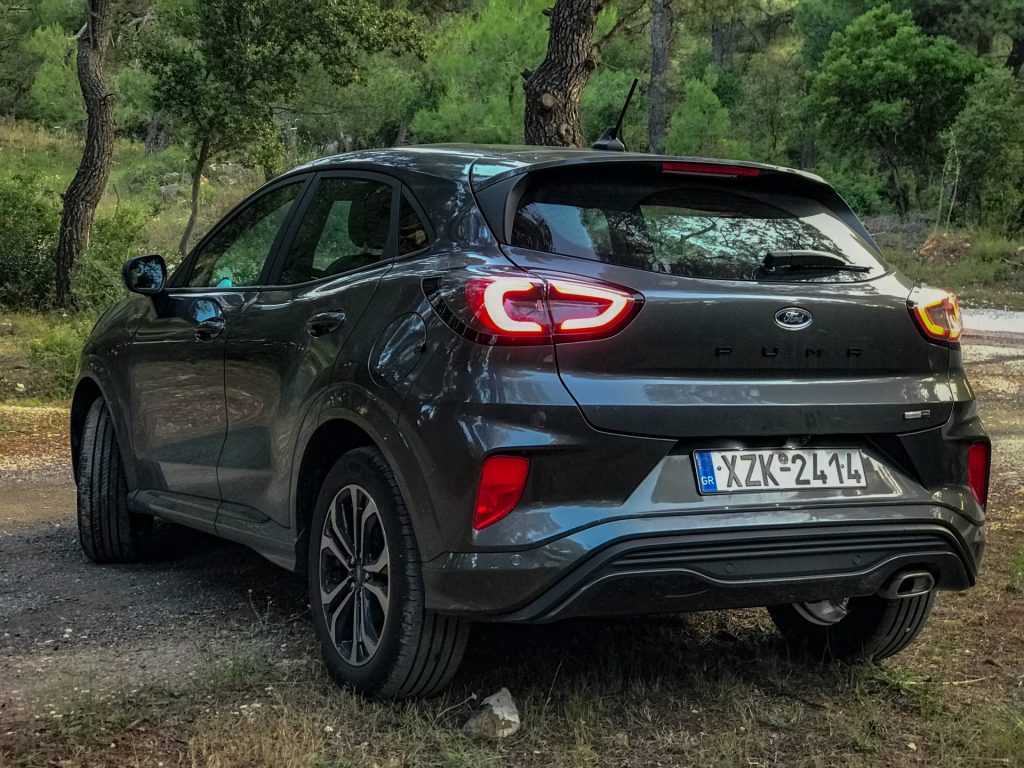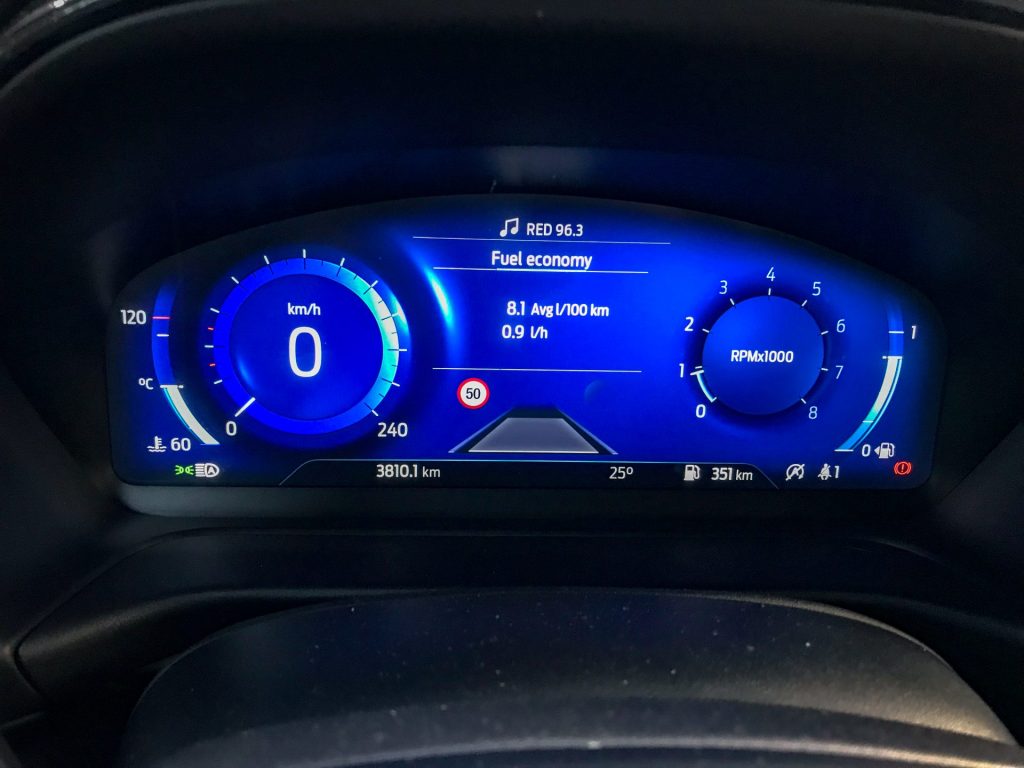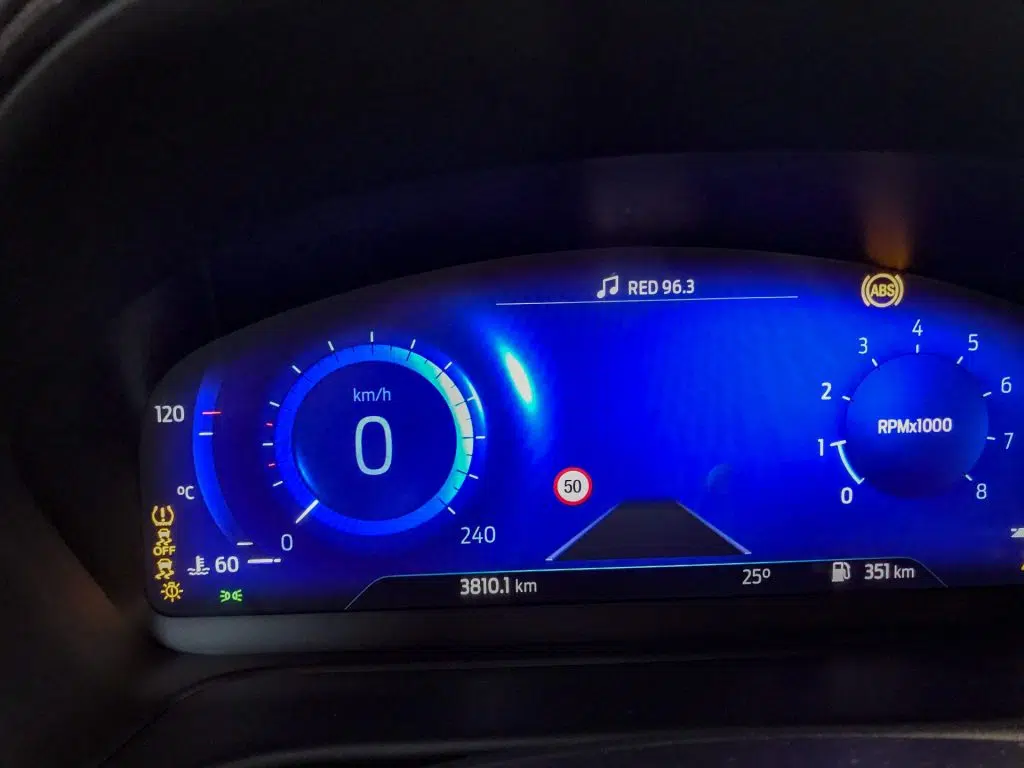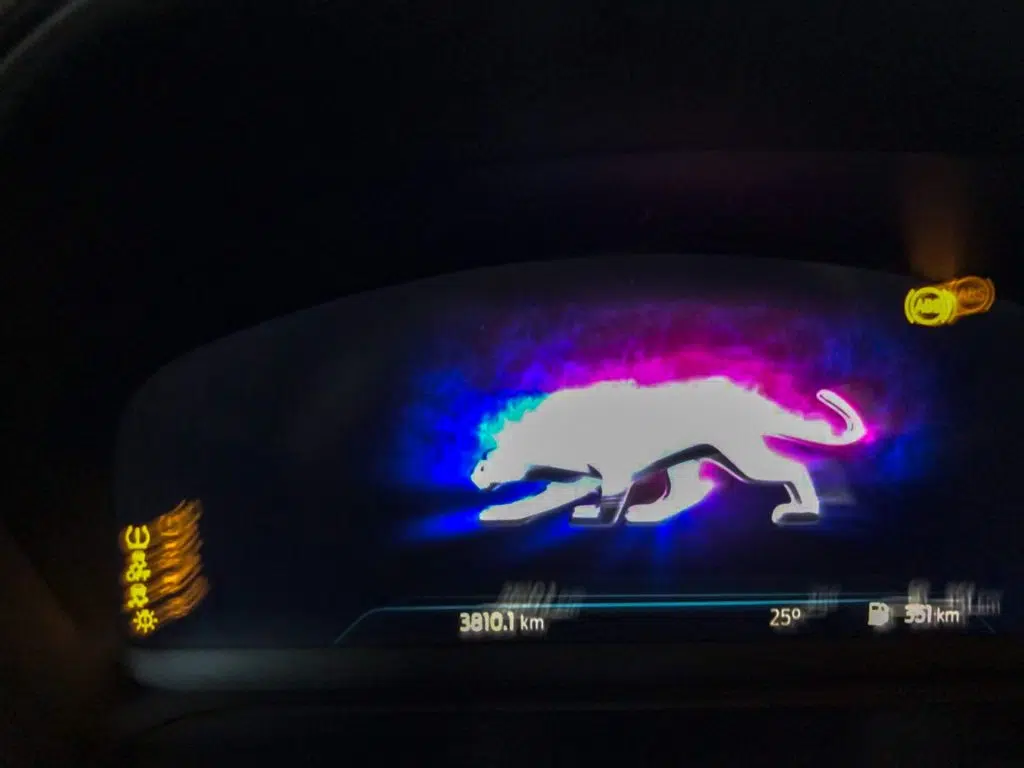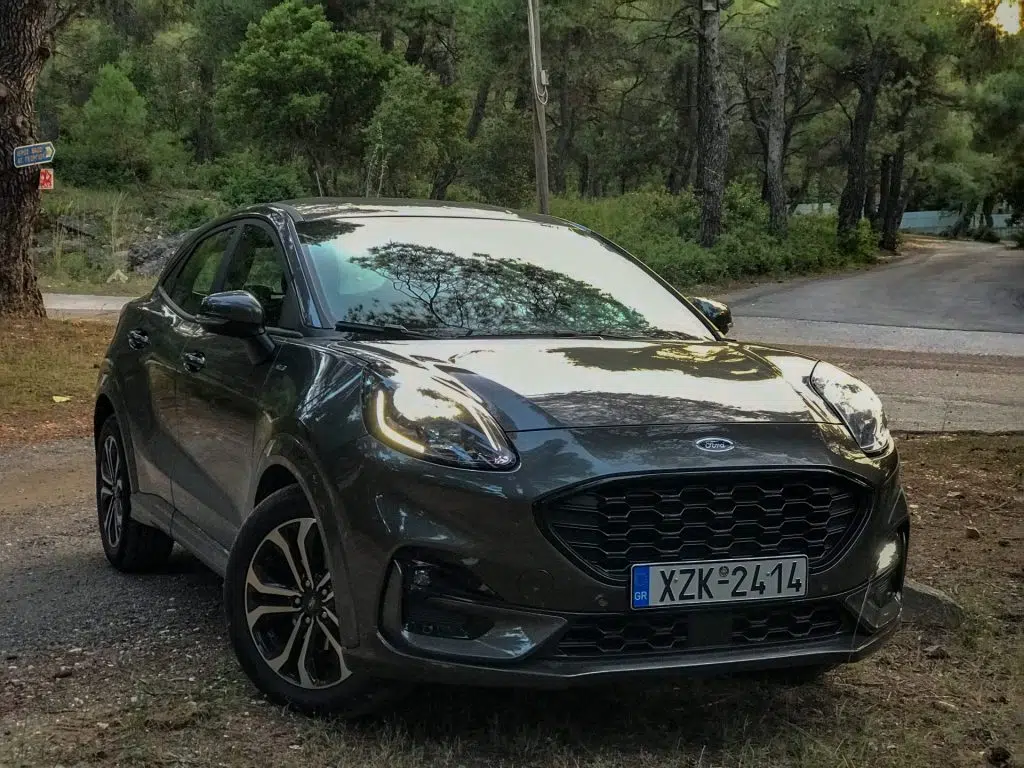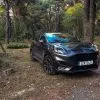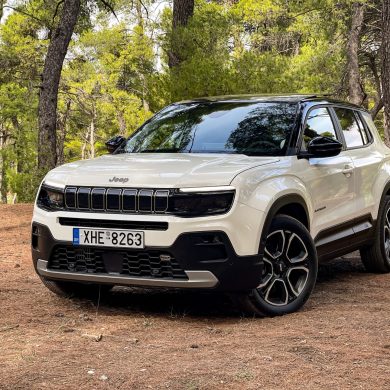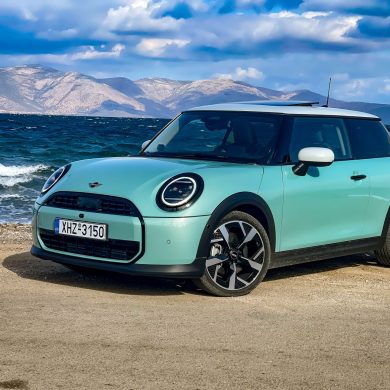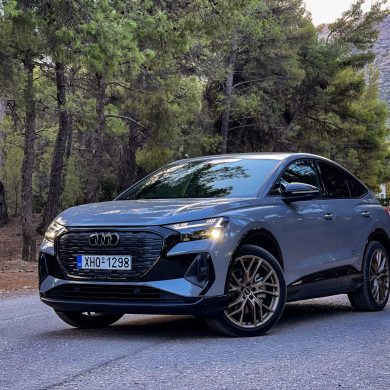The entrance of the Ford in the B-SUV category was the revival of the Puma name, but with a look that is more like a Sport Crossover than an SUV! In our weekly symbiosis with it, we were in possession of the most popular version of the American company's small crossover!
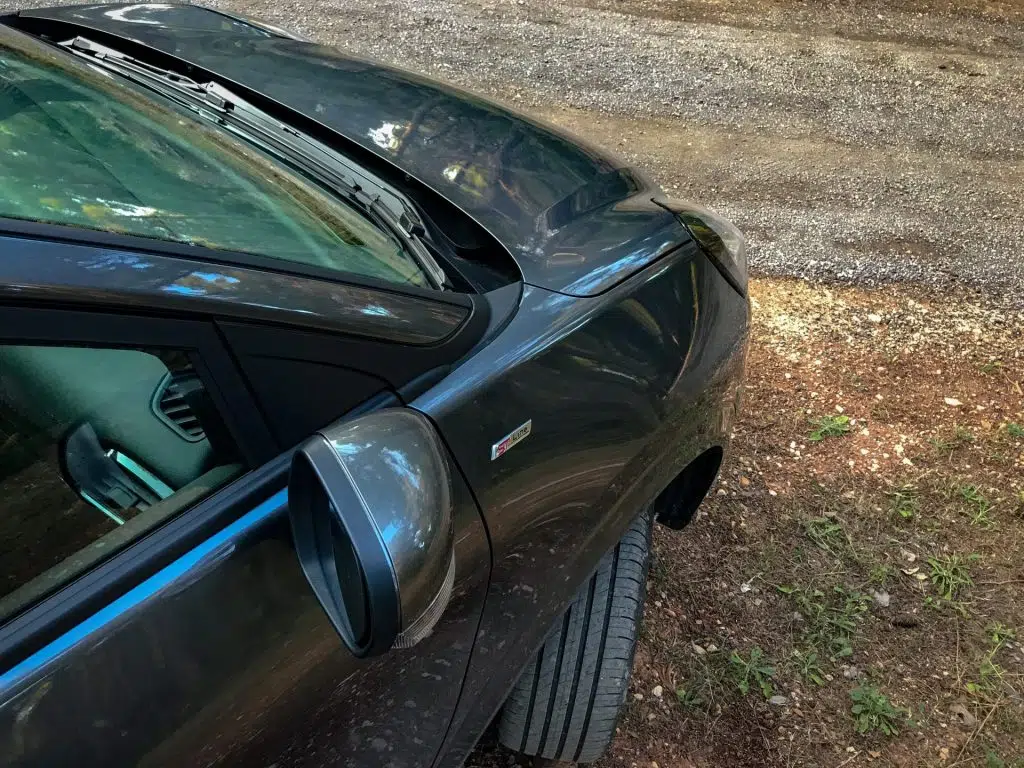
Meet
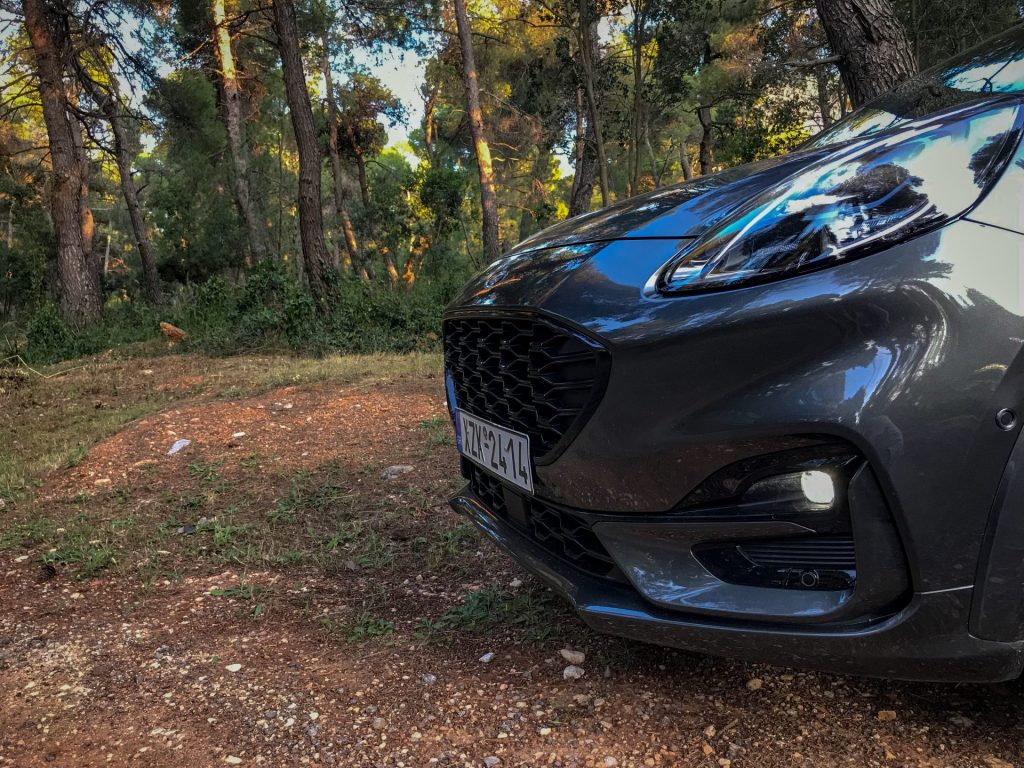
The name Puma, in Ford's history is known as the company's small Coupé, which was introduced in 1997 and remained in production until 2003 without a direct replacement! However, 22 years later, Ford has revived this name in 2019... now with a crossover aesthetic, but with a clear sporty orientation, in an attempt to approach the natural evolution of the model, in the modern era!
External design
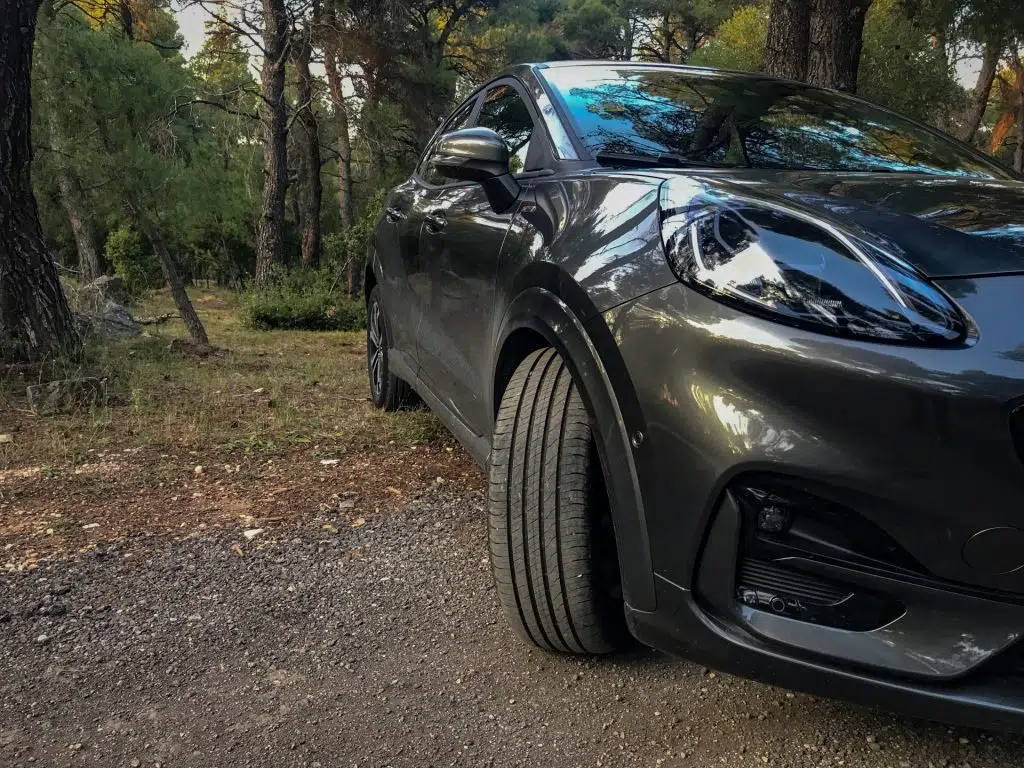
Ford wanted to break away from the established B-SUV designs, launching a different body with a sporty silhouette, flirting with the Coupé-SUV subcategory!

The front end is characterized by the large, shark mouth-like grille, flanked by oval LED graphic lights, which are located on the top of the hood, with the wings raised, giving it an aggressive but beautiful image!

Of greatest design interest is the car's profile, which is characterised by curved wavy lines and muscular surfaces! The low mounted roof is not reminiscent of an SUV, while enhancing the sporty feel! The silhouette from the side depicts a feline ready for an attack, best embodying the "Puma" moniker!
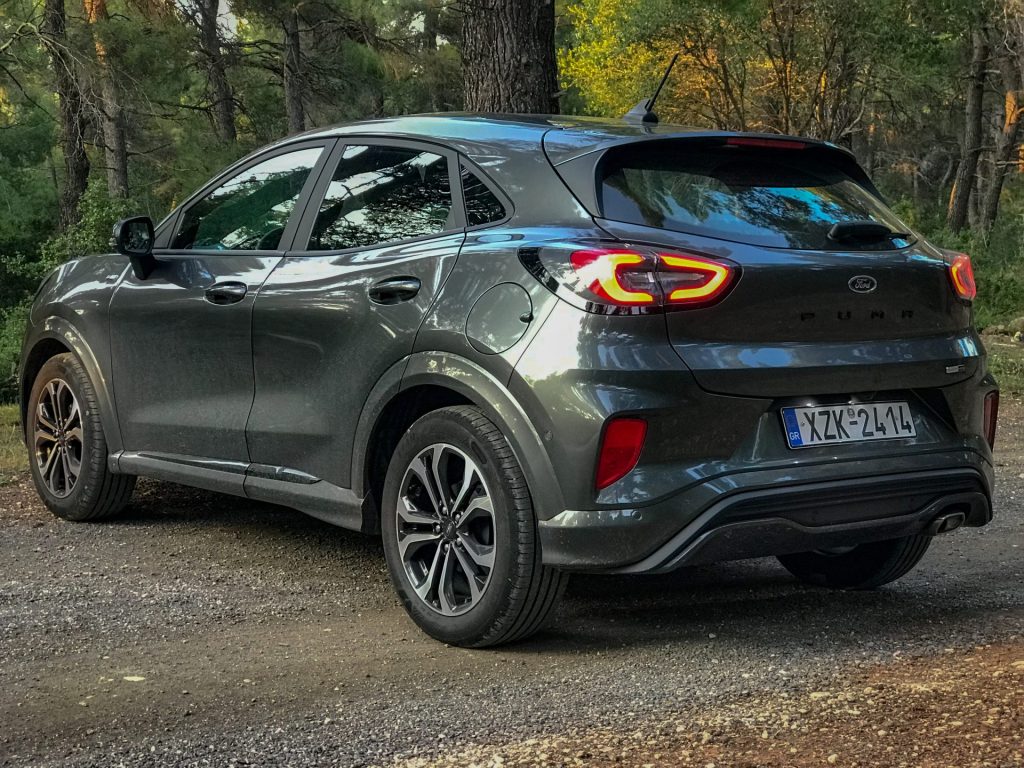
The rear is dominated by clean and simple lines with the roof ending in a discreet spoiler. The fifth door is slightly sloped, sealing the car's sporty character and incorporating the beautiful oval-shaped rear lights with LED graphics!
Internal
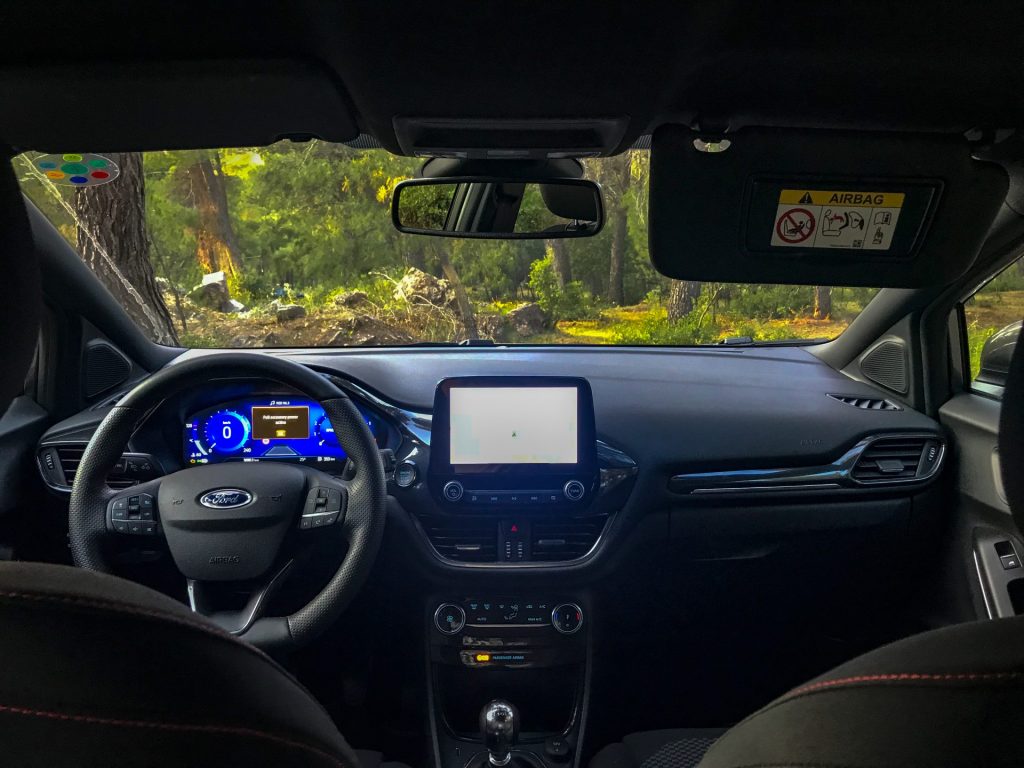
The American company curated the cabin with good quality soft materials, good finish and assembly. Design-wise, it has not gone overboard, as it has chosen simple and simple lines that make up a beautiful whole!
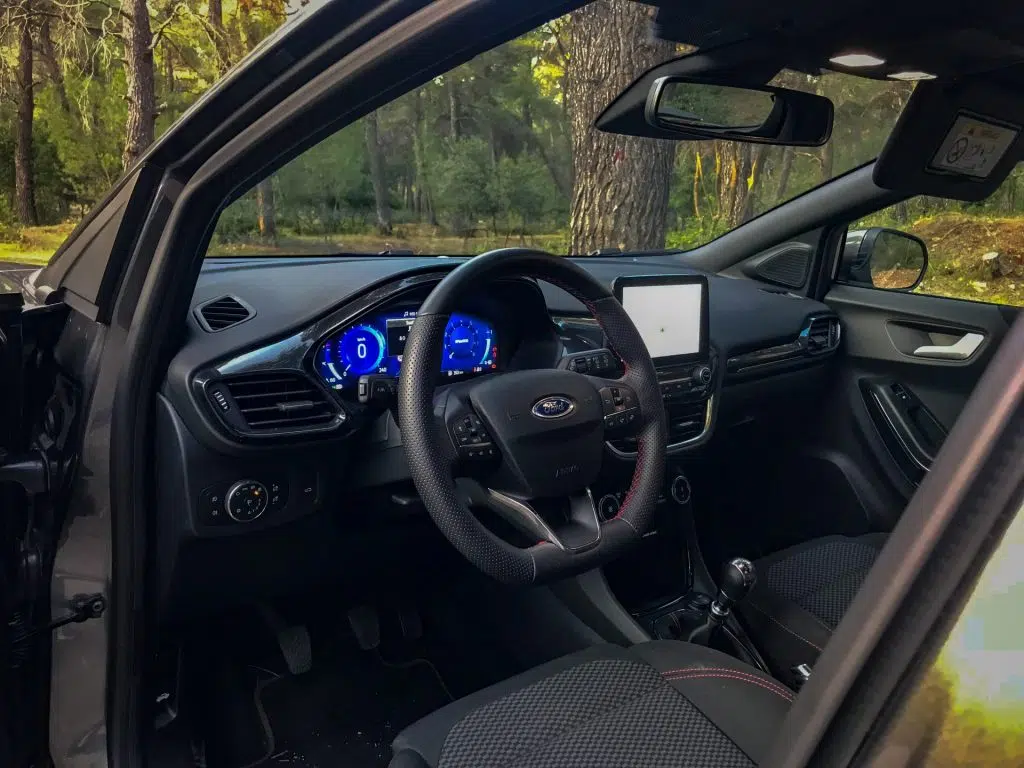
The centre is dominated by the 8-inch screen of the easy-to-use SYNC 3 multimedia system compatible with Android Auto and Apple AirPlay, while behind the steering wheel is the easy-to-read 12.3-inch TFT digital instrument panel. What we liked about pressing the Start button, to turn the engine on or off, was the digital graphic of a puma appearing on the dial!

Between the front seats are the switches for the driving programs, while the beautiful gear selector of the manual gearbox and the classic handbrake stand out! Behind these, are the cup holders and a distinctive armrest.
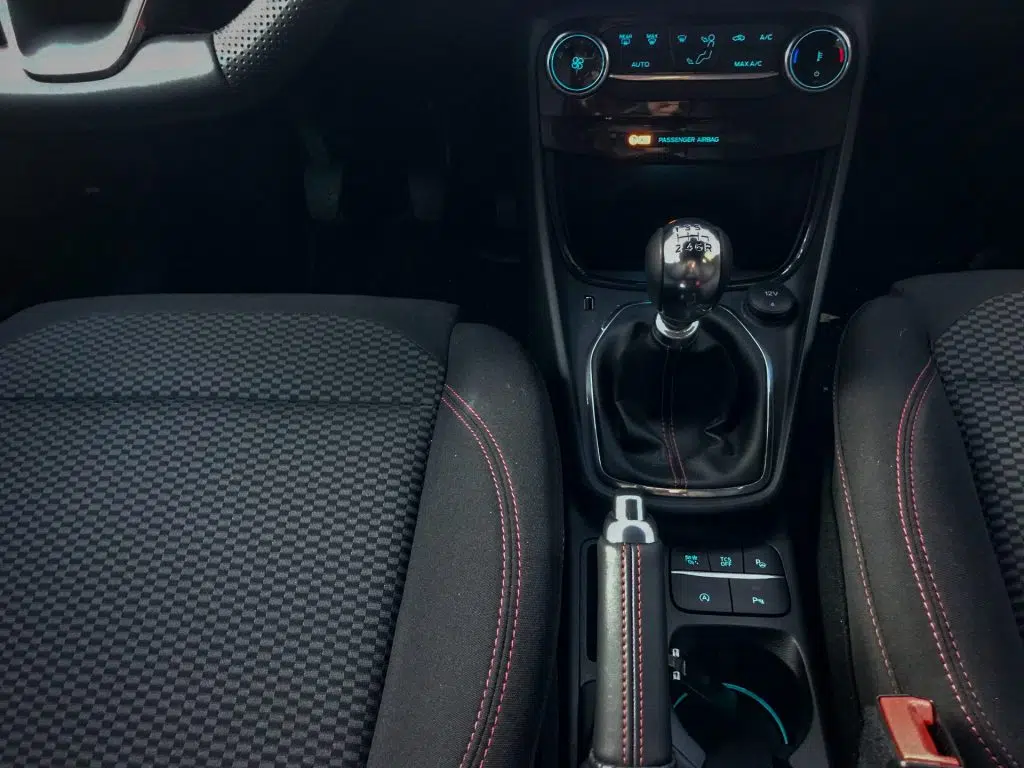
The semi-bucket seats are excellent in feel, providing very good support for the passengers' bodies!
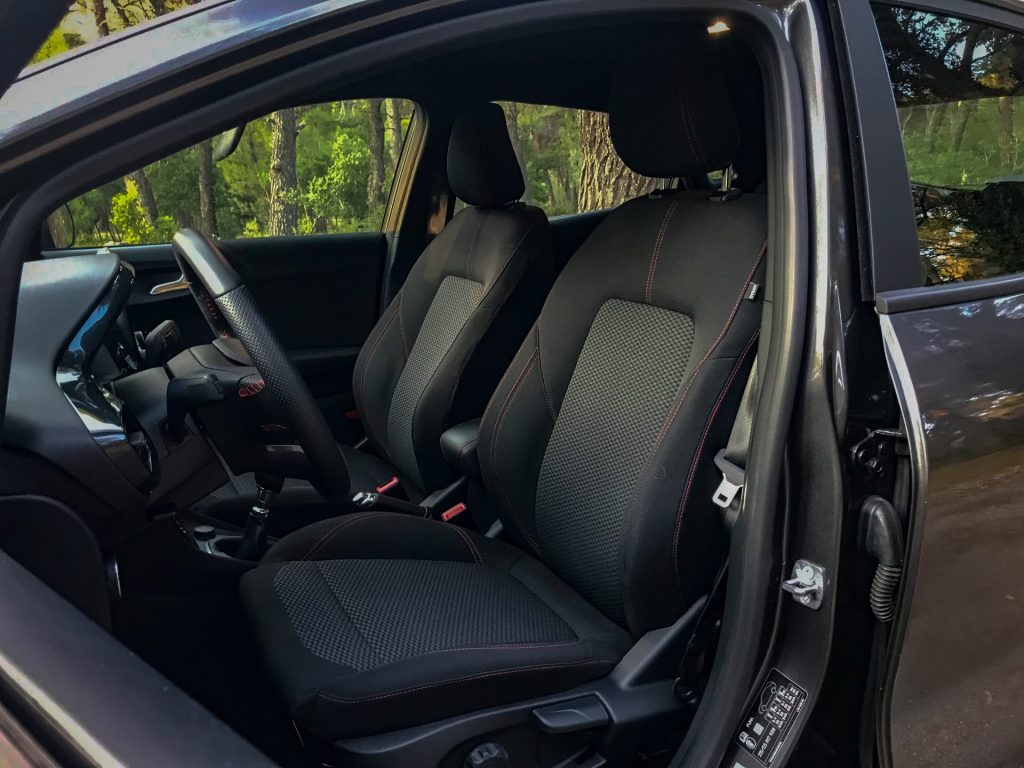
The luggage compartment is one of the largest in its class at 456 litres, while with the rear seats folded it reaches 1,216 litres!
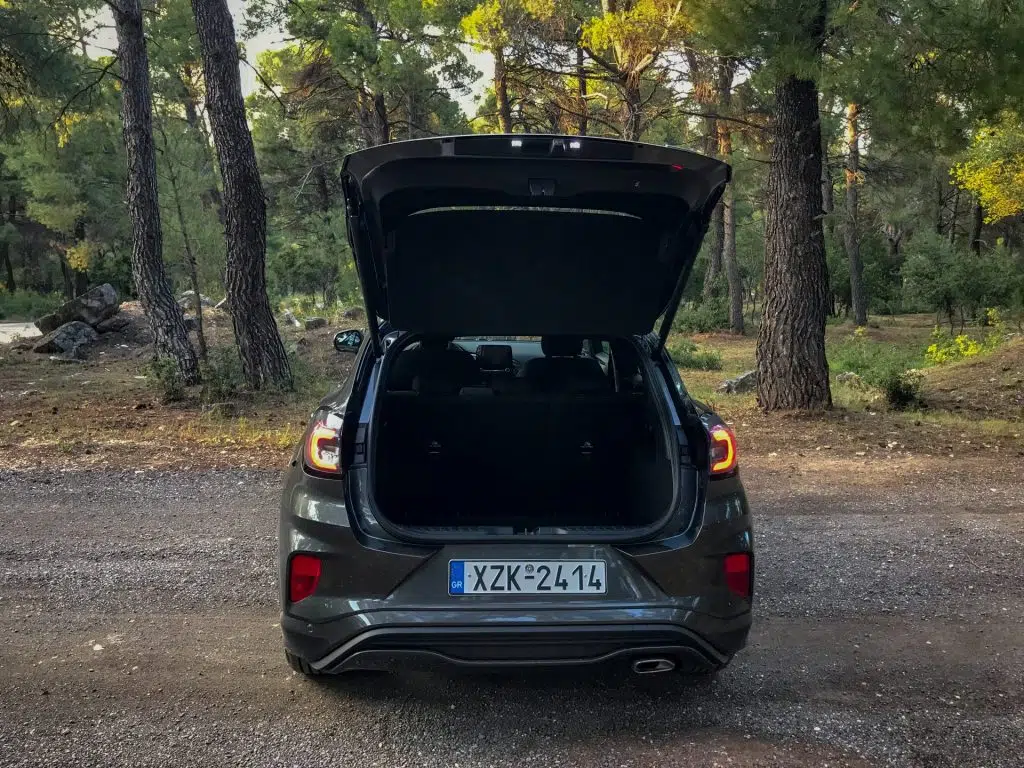
Driving set

It is powered by the familiar 1.0-litre three-cylinder petrol engine with ecoboost technology that delivers 125 hp at 6,000 rpm and 210 Nm of torque at 1750 rpm. It also features a mild 48Volt hybrid system, which consists of an 11.5kW electric motor that acts as the starter and generator and takes care of charging the 10Ah capacity 48V lithium-ion (Li-Ion) battery.
On the road
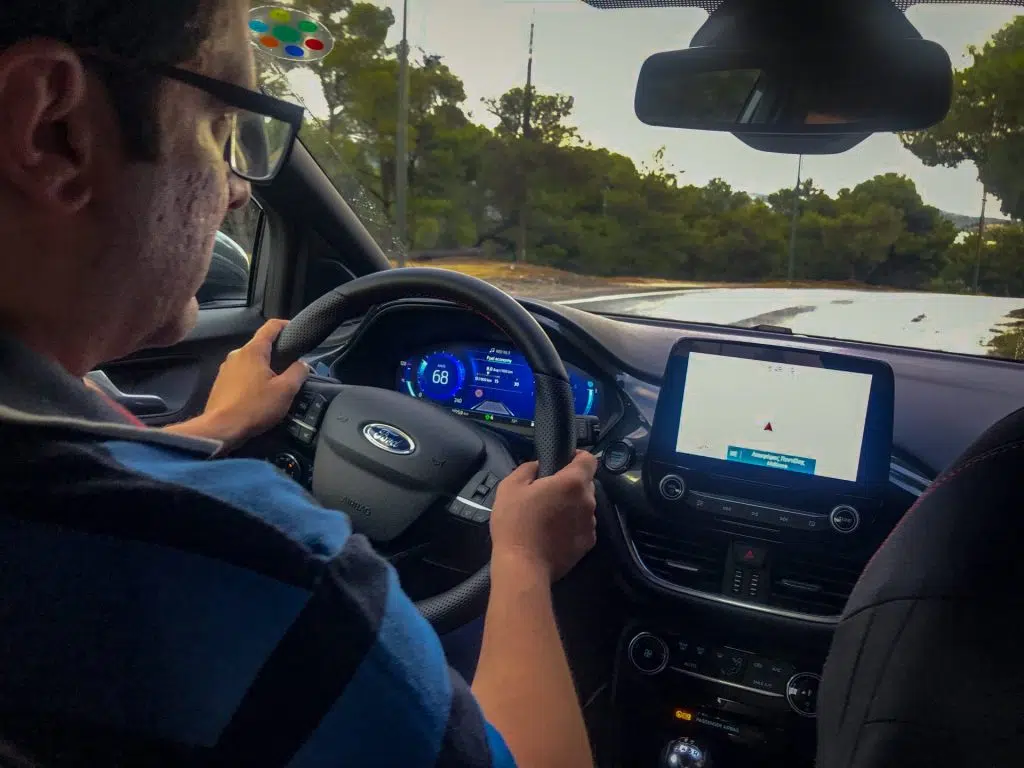
It is a fact that Ford has invested heavily in the Puma, which it redeems with its success as a Best - Seller! Driving it in real world conditions captures the reasons why it has earned the public's trust! Let's get to know it!
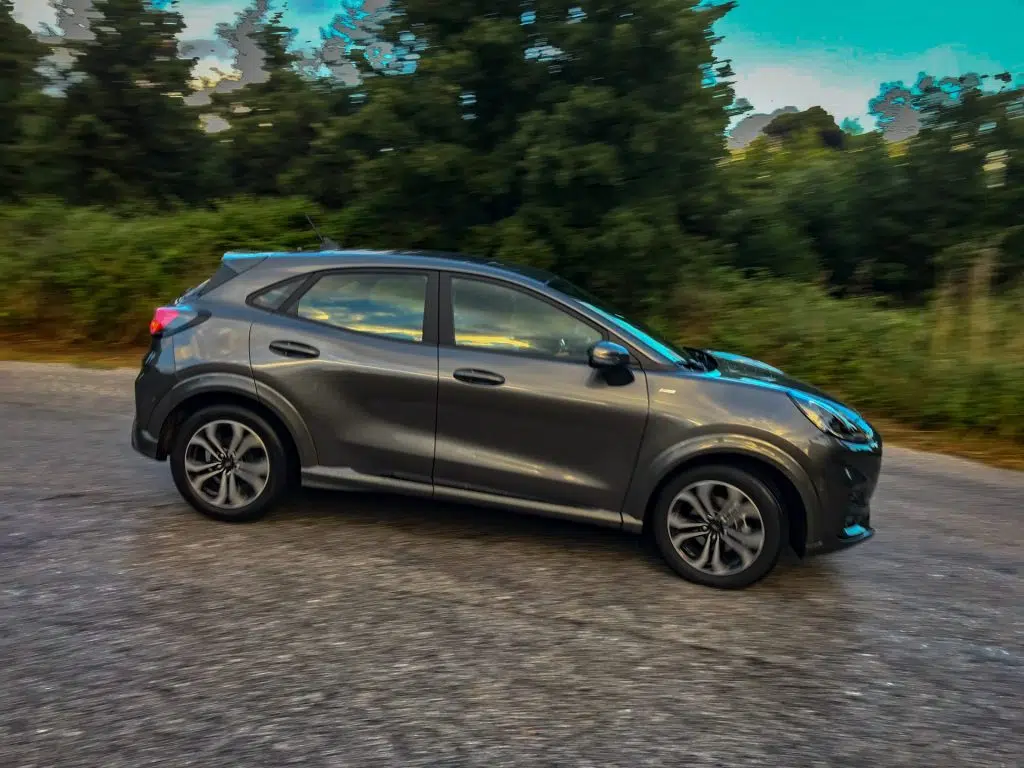
In the city Ford's urban crossover moves with agility! The car's volume and silhouette are not reminiscent of an SUV, elements that make it easy to drive and friendly for everyday use in an urban environment! In congested traffic conditions, the ECO driving program deactivates one cylinder, working with less power, reducing fuel consumption!
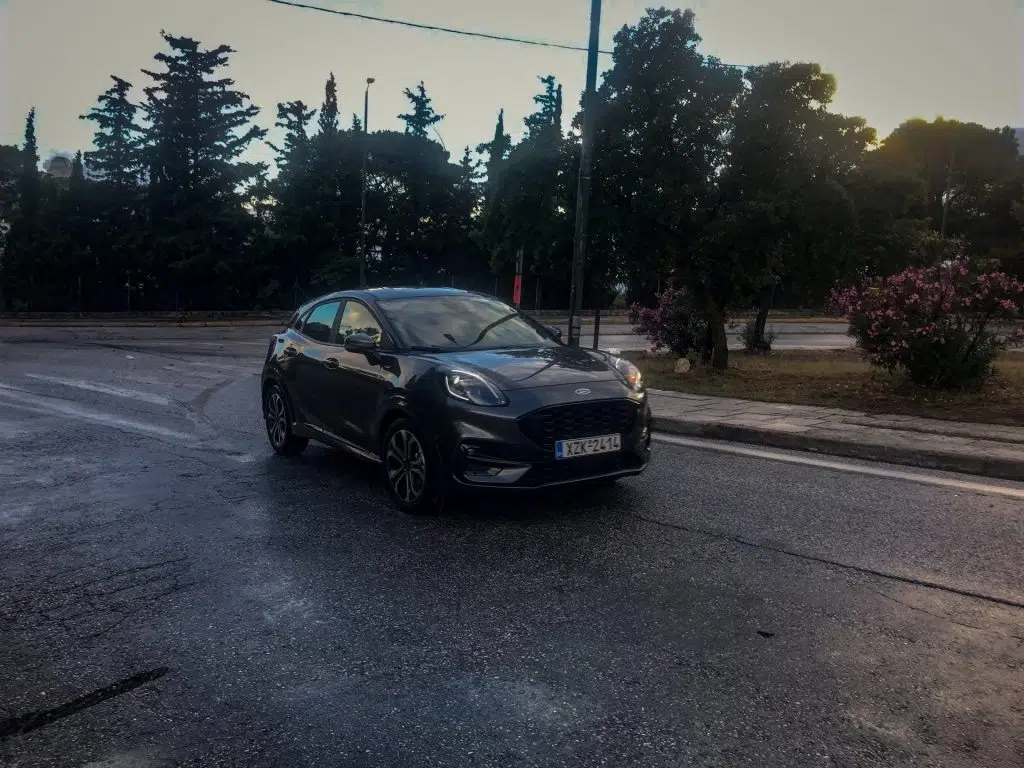
In the mountain and rural network the Ford Puma 1.0 Ecoboost mHEV ST Line does not resemble an SUV, instead the feel is more akin to a Hot Hatchback. The car "grips" the road very well, turning like a diabetic, possessing a mildly playful driving behaviour! Allied to this effect is the car's low centre of gravity! In addition, the 6-speed manual transmission with short ratios works brilliantly, raising the pleasure levels, especially if the drive is combined with the "Sport" driving program, which changes the engine mapping and throttle response, achieving maximum performance!
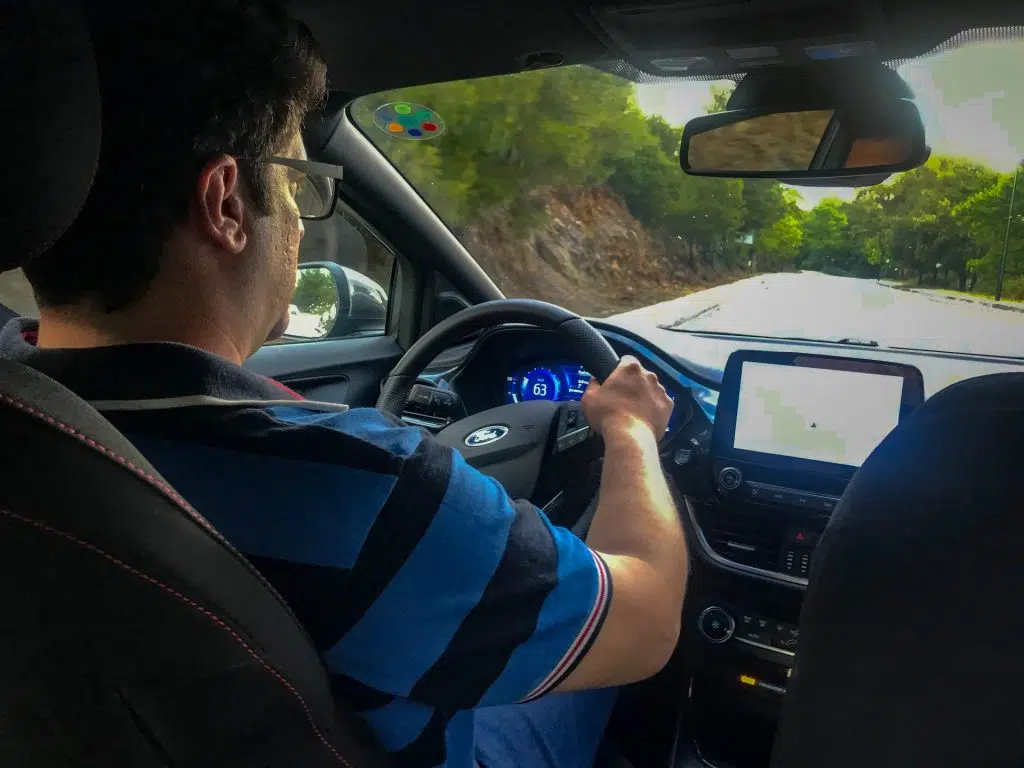
On the motorway the robust chassis and very good sound insulation combined with the rolling quality. The car remains stable even at high speeds, creating a feeling of safety during the journey!
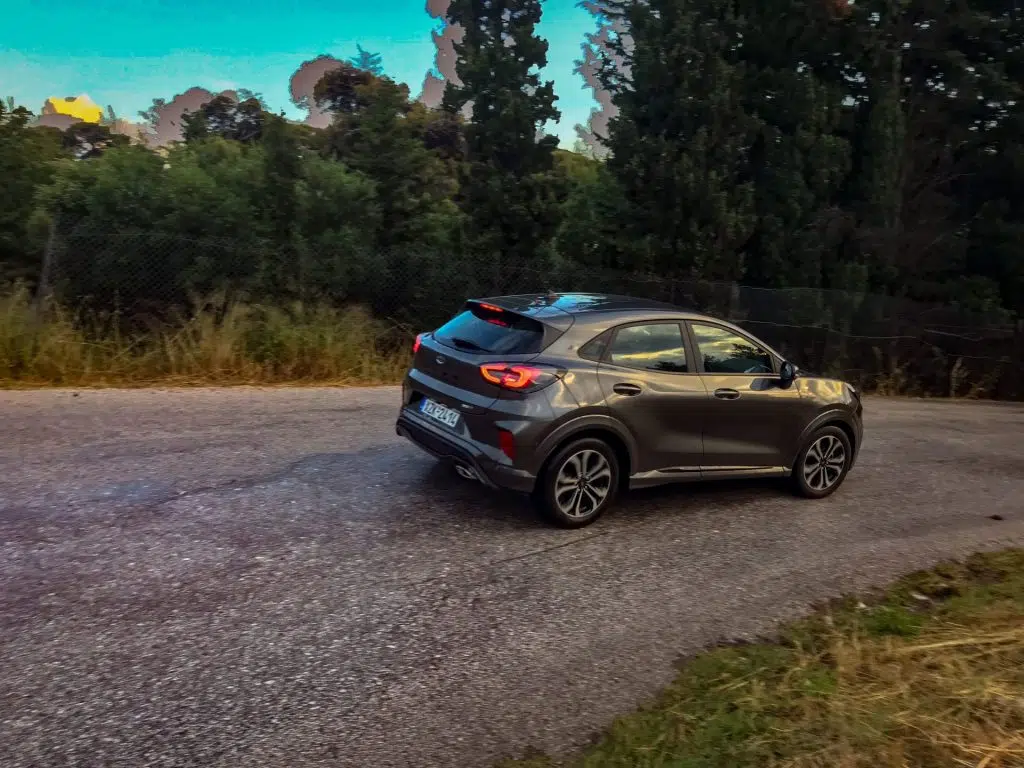
General Ford has equipped the Puma with 5 advanced driving modes. Normal, Eco, Sport, Slippery Road and Dirt. Even though it doesn't have four-wheel drive, the blue oval has made sure that the Puma is nowhere short of it! We were lucky enough to drive it in torrential rain and on slippery pavement. With the corresponding program, traction levels are increased, and by extension, active safety! The program for dirt tracks works in the same way! Remember that this is not an off-road vehicle, and the choice of this driving profile is for mild and trodden dirt roads! Overall, the average fuel consumption of the Ford Puma 1.0 Ecoboost mHEV ST Line test car touched 7.5 litres per 100 km!
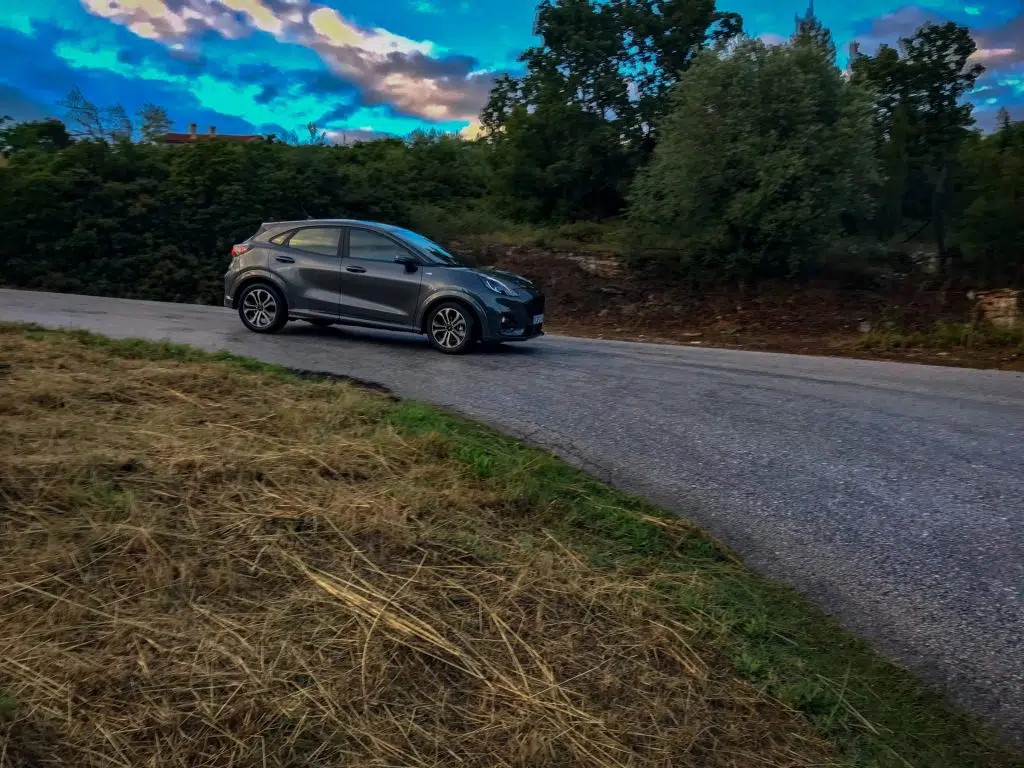
Who it is aimed at
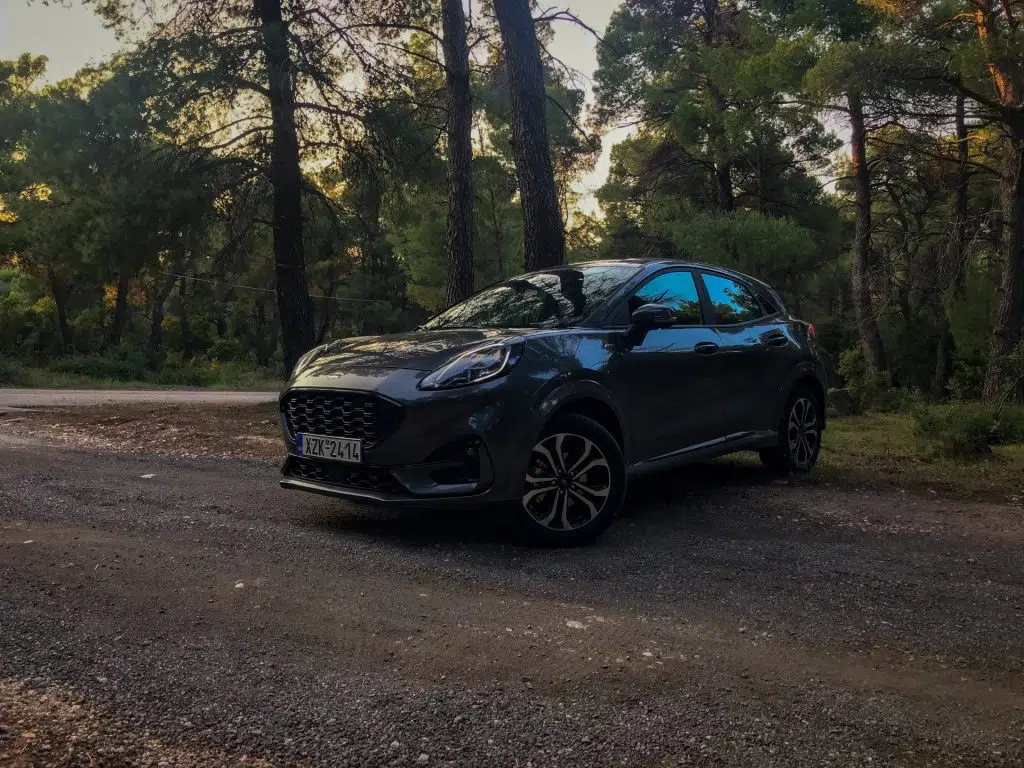
Ford with the Puma tried to penetrate the part of the consumer audience with increased needs, which however is not attracted to traditional SUVs. Thus, it chose to build a sporty crossover, suitable for outings, ideal for young family men and women who do not compromise with the established and for them driving pleasure is non-negotiable!
Price
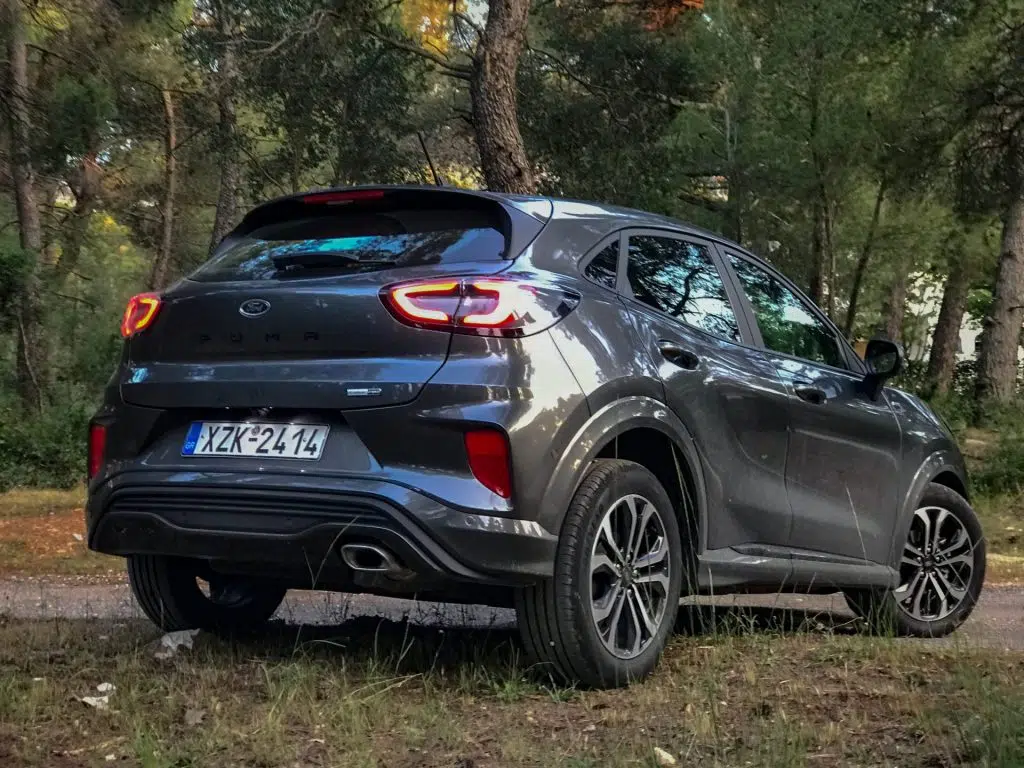
The Ford Puma 1.0 ecoboost mHEV, with its 125 hp and manual transmission, starts at the highly competitive price of €24,994 in the Titanium version. The ST-Line test version starts from €26,313
Technical characteristics
AMAXOMA |
|
Press |
SUV , Crossover |
Seats |
5 |
Doors |
5 |
CONSUMPTION - EMISSIONS - SUBSIDIES |
|
Κατανάλωση καυσίμου – Μικτός κύκλος |
4.3 l/100 km |
CO2 emissions |
97-99 g/km |
Fuel type |
Petrol |
Acceleration 0 - 100 km/h |
9.8 seconds |
Maximum speed |
191 km/h |
Exhaust Gas Specifications |
Euro 6d-ISC-FCM |
Weight/power ratio |
10.2 kg/Hp, 97.7 Hp/tonne |
Weight/torque ratio |
6.1 kg/Nm, 164.1 Nm/tonne |
ENGINE |
|
Power |
125 Hp @ 6000 rpm. |
Power per litre of displacement |
125.1 Hp/l |
Rated motor torque |
210 Nm @ 1750 rpm. |
Engine layout |
Forward, transverse |
Engine model/code |
B7JA, B7JB |
Engine casing |
999 cm3 |
Number of cylinders |
3 |
Configuration |
In series |
Number of valves per cylinder |
4 |
Fuel injection system |
Direct spraying |
Engine suction |
Turbocharger , Intercooler |
Gas distribution mechanism |
DOHC |
Engine oil capacity |
4.6 l |
HEIGHT AND WEIGHT |
|
Weight |
1280 kg |
Maximum payload |
485 kg |
Minimum volume of luggage space |
456 l |
Maximum volume of luggage space |
1216 l |
Maximum load |
50 kg |
Permissible towing capacity with brakes (12%) |
1100 kg |
Maximum support load |
75 kg |
DIMENSIONS |
|
Length |
4186 mm |
Width including mirrors |
1930 mm |
Height |
1536 mm |
Wheelbase |
2588 mm |
Forward prop |
850-856 mm |
Back prop |
748-763 mm |
Distance from the ground |
164-166 mm |
Minimum turning diameter (turning diameter) |
10.3-10.6 m |
ARCHITECTURE |
|
Movement |
Movement on the front wheels |
Number of gears and type of gearbox |
6 speeds, manual transmission |
Front brakes |
Discs |
Rear brakes |
Discs |
Auxiliary systems |
ABS (Anti-lock Braking System) |
Type of address |
Management chukrania (with teeth) |
Wheels |
205/65 R16 or 215/55 R17 |
photo gallery

